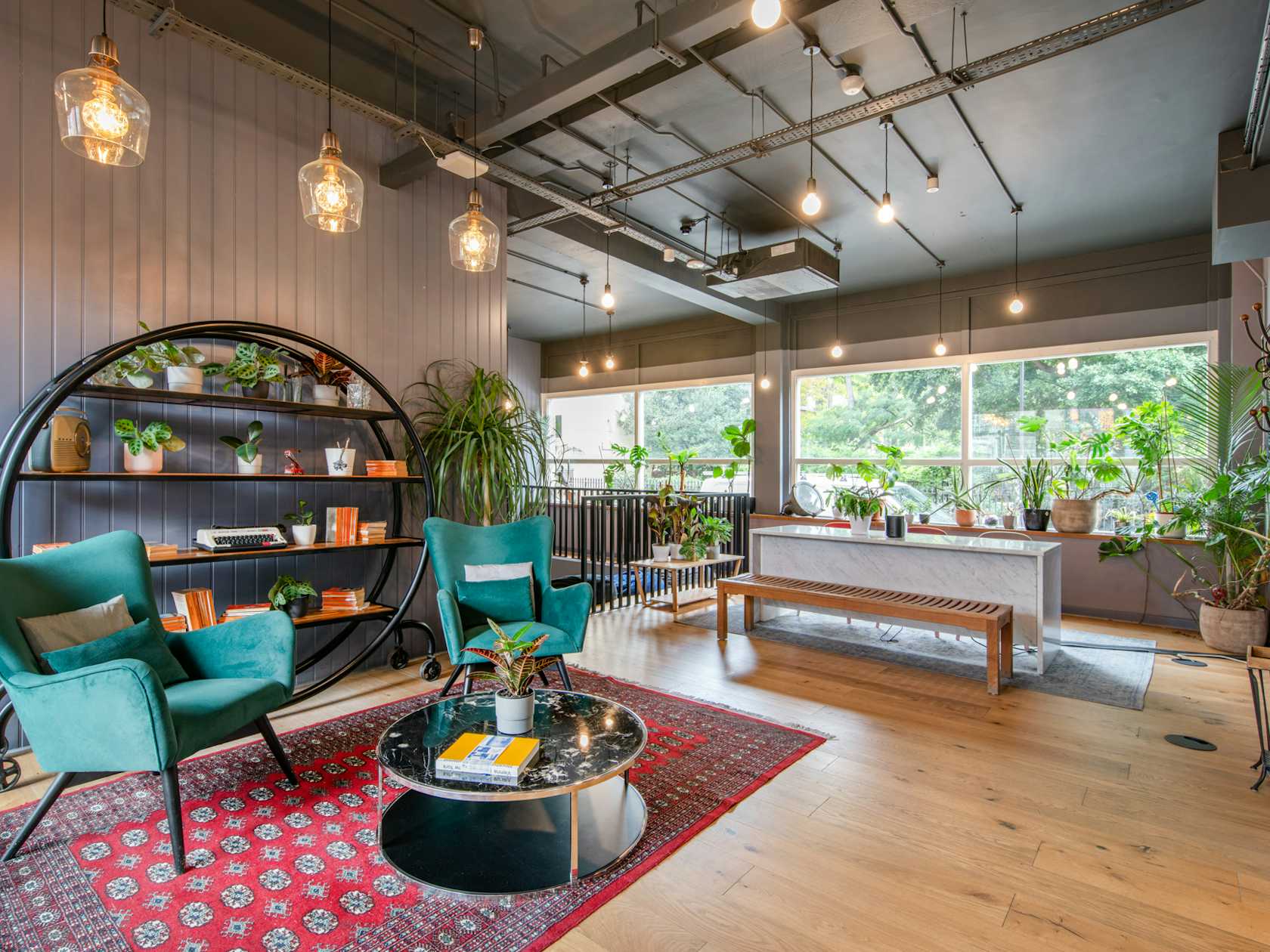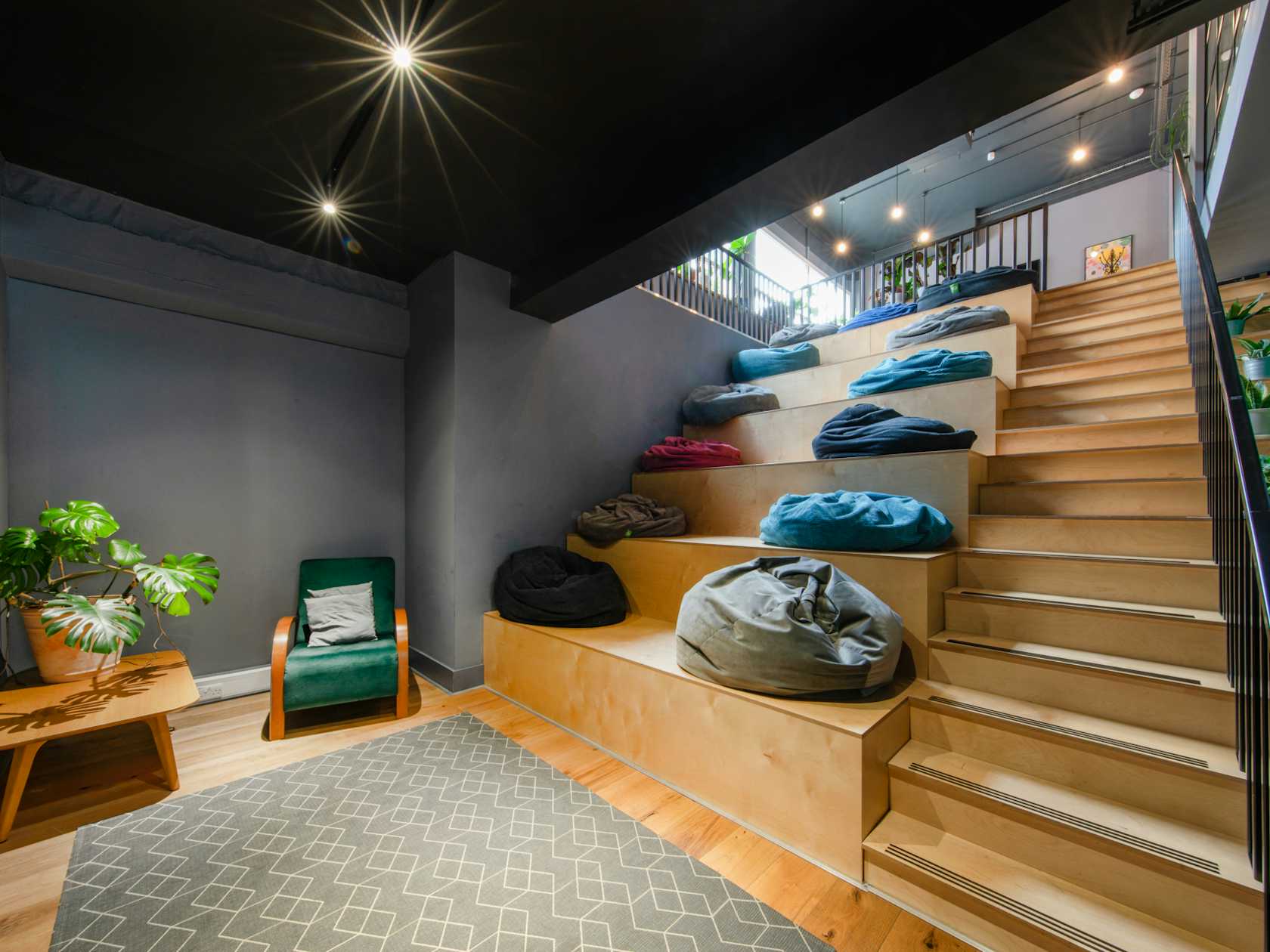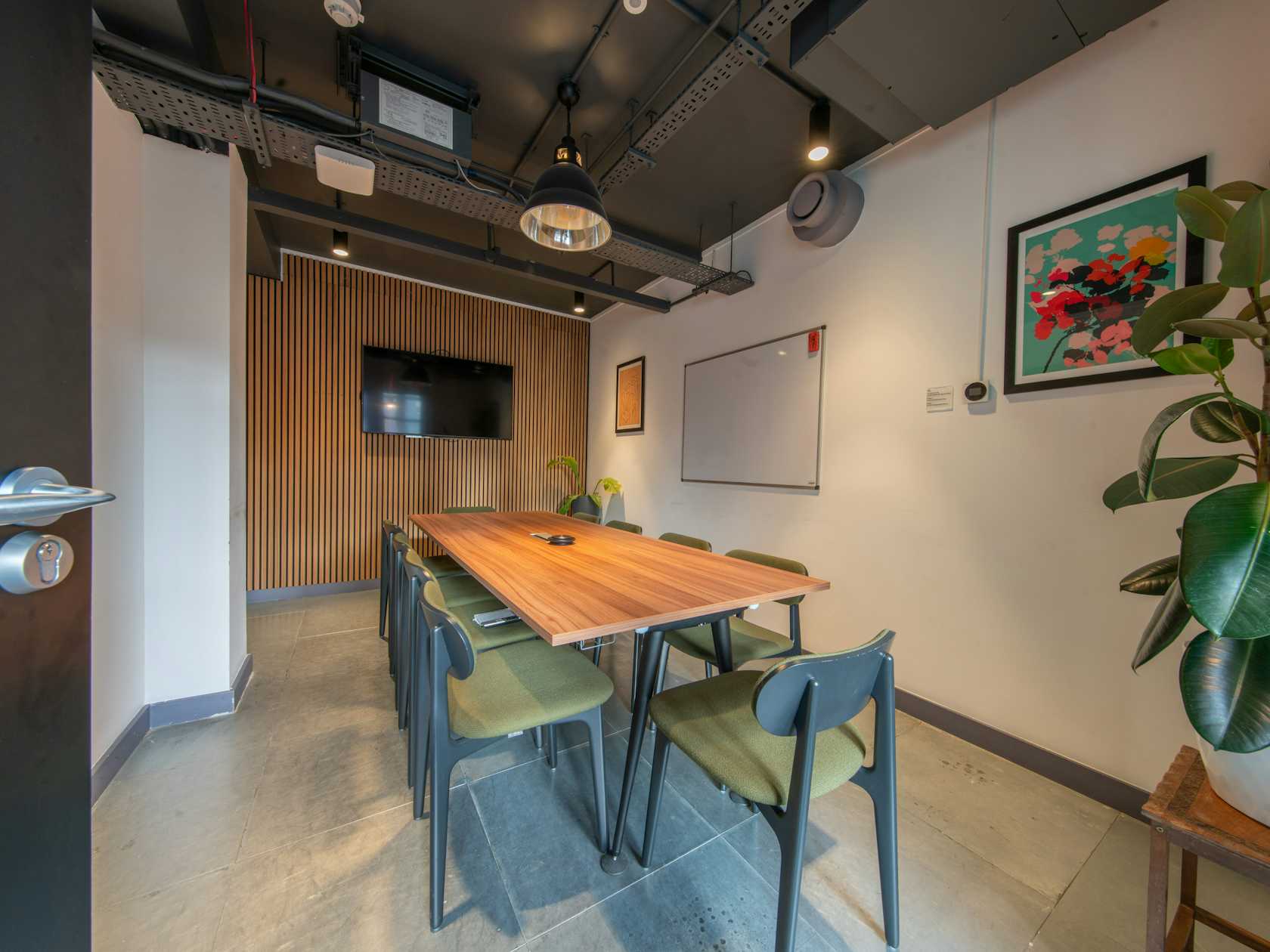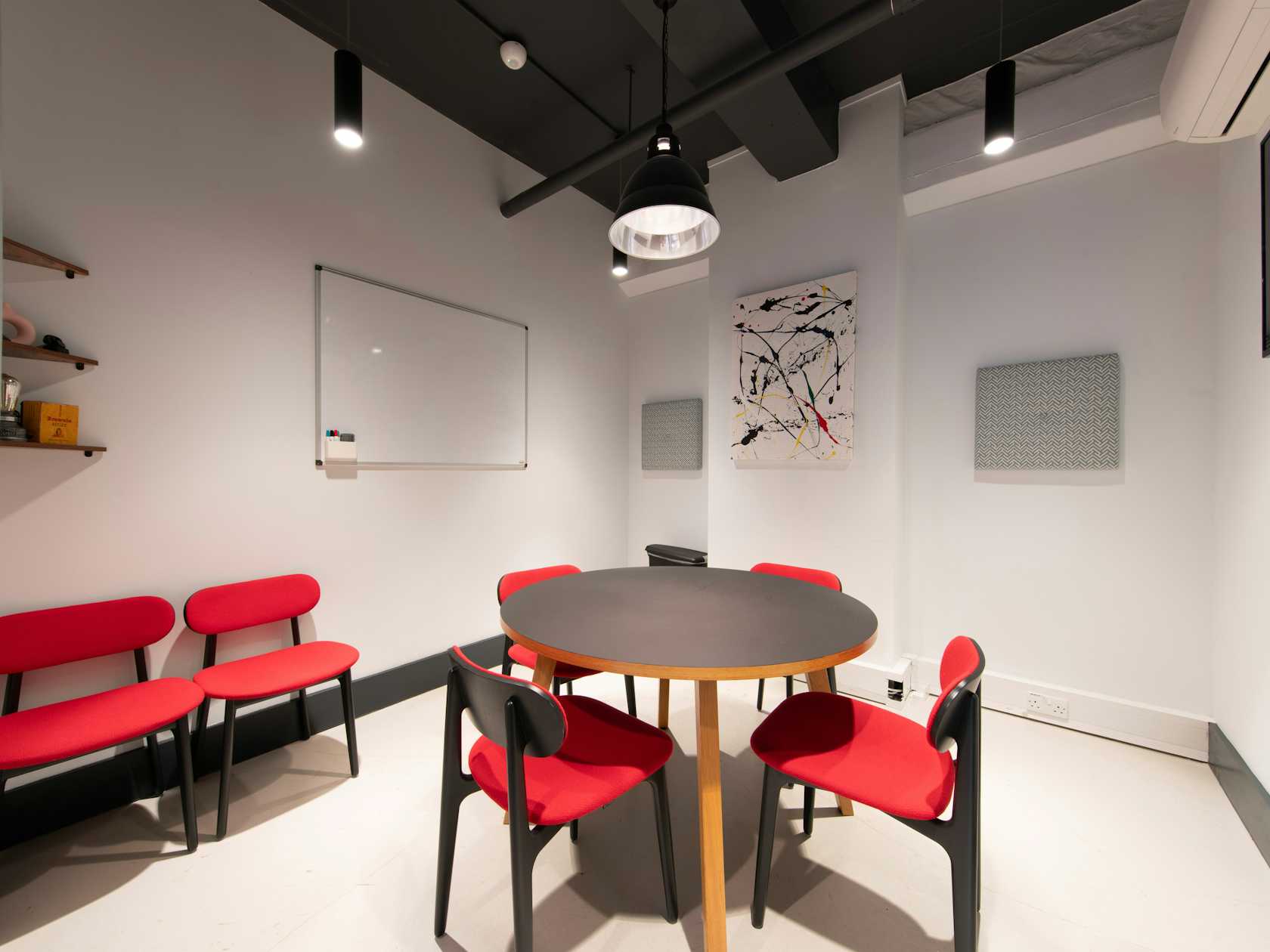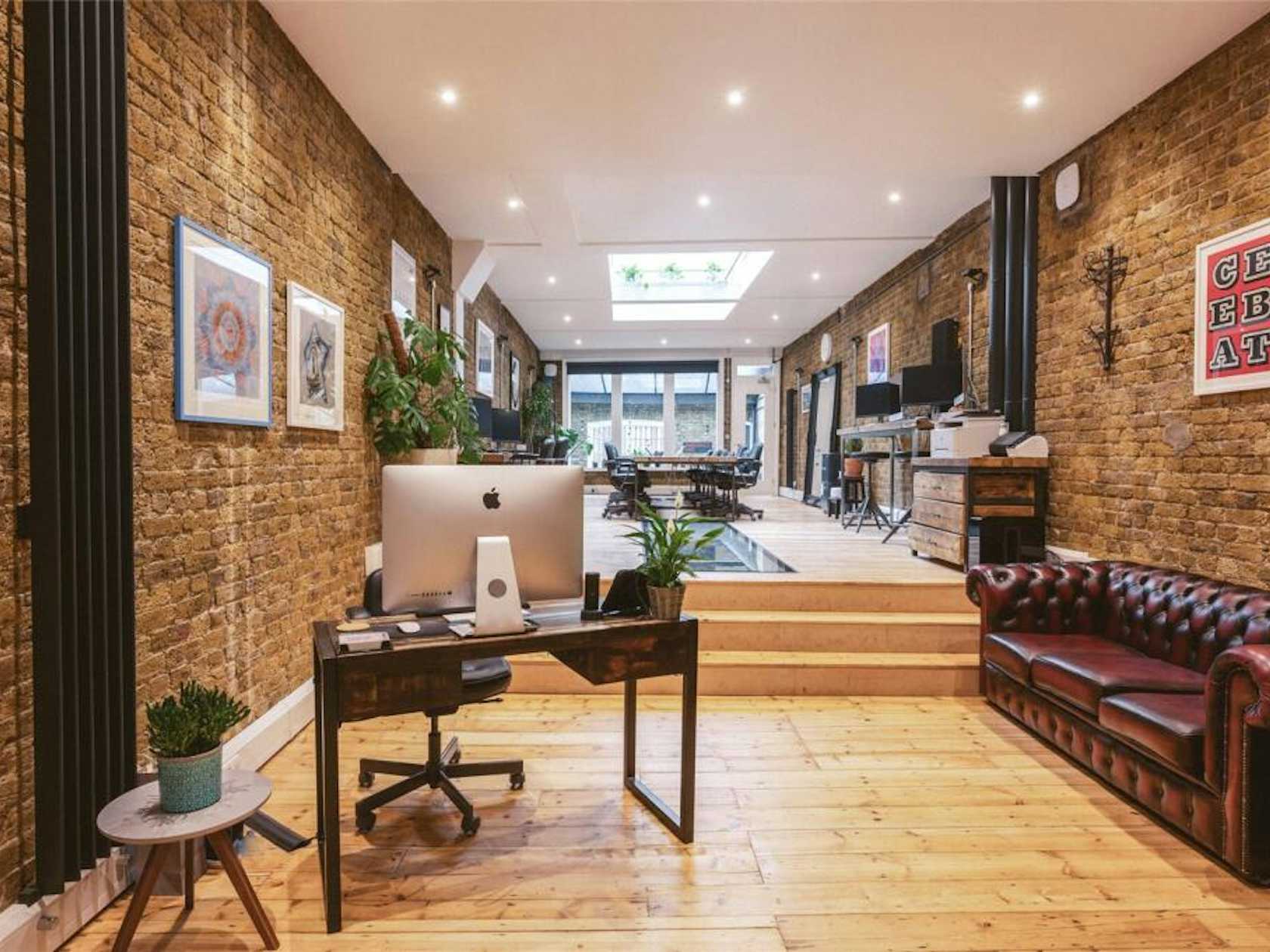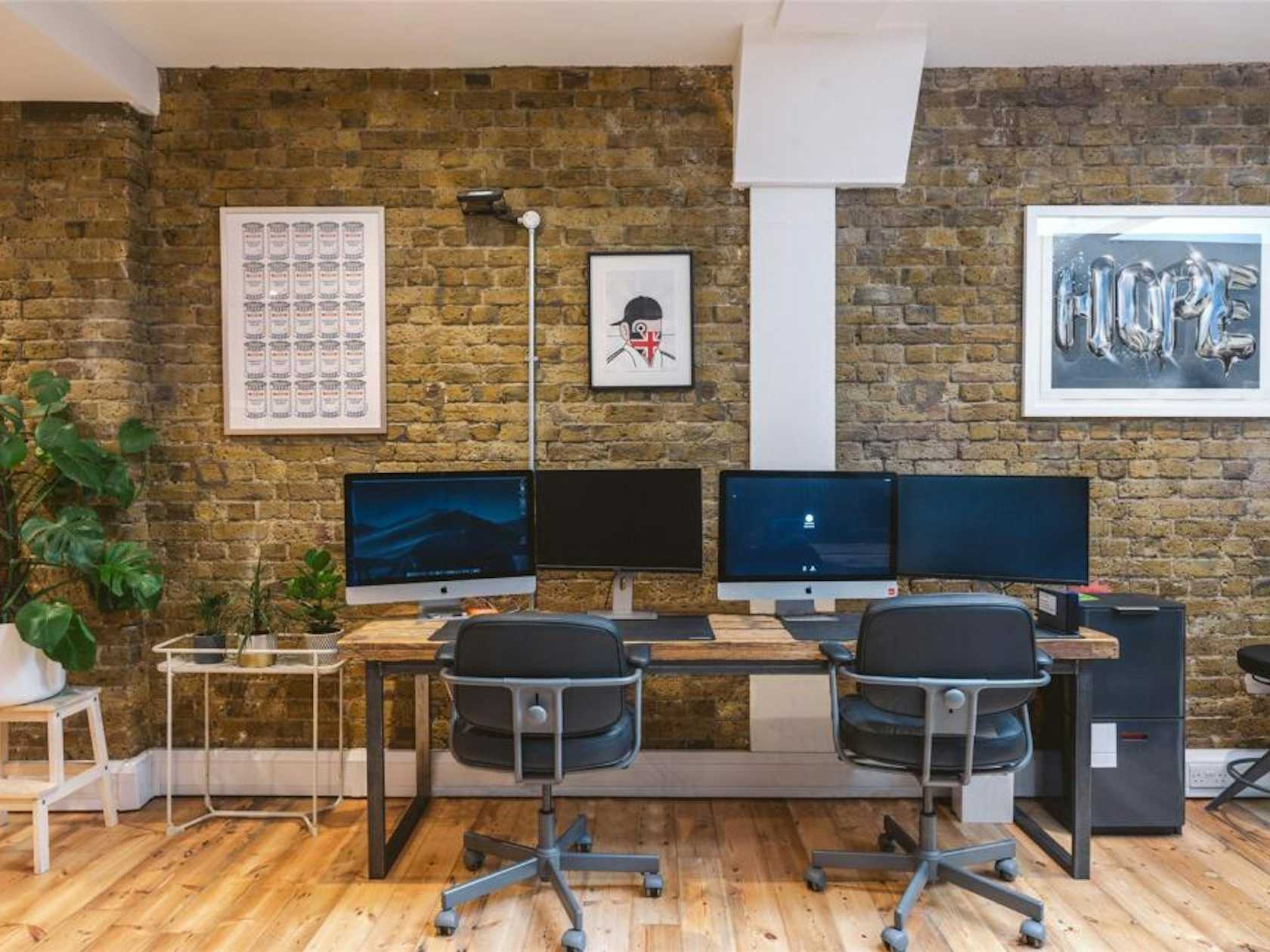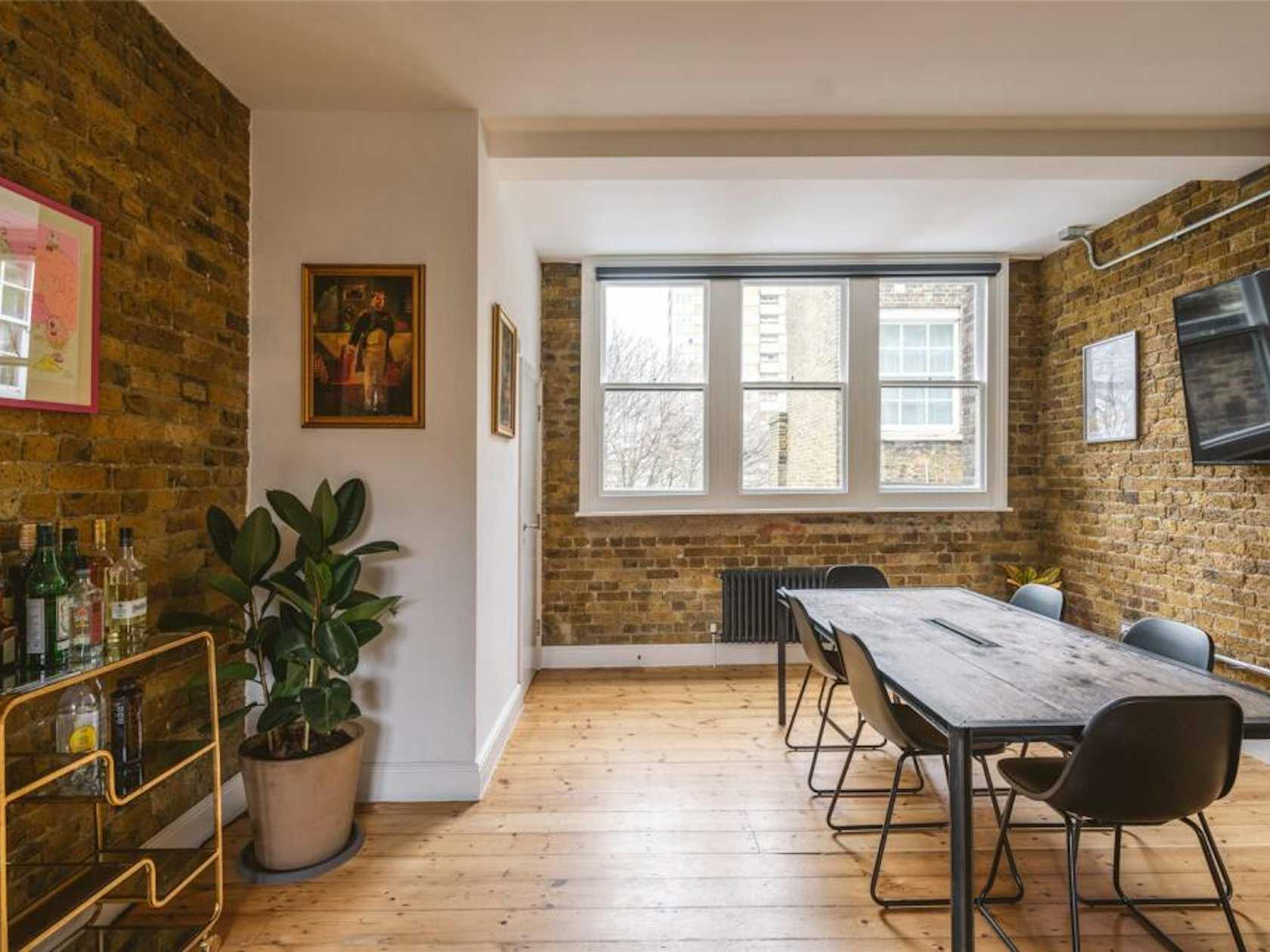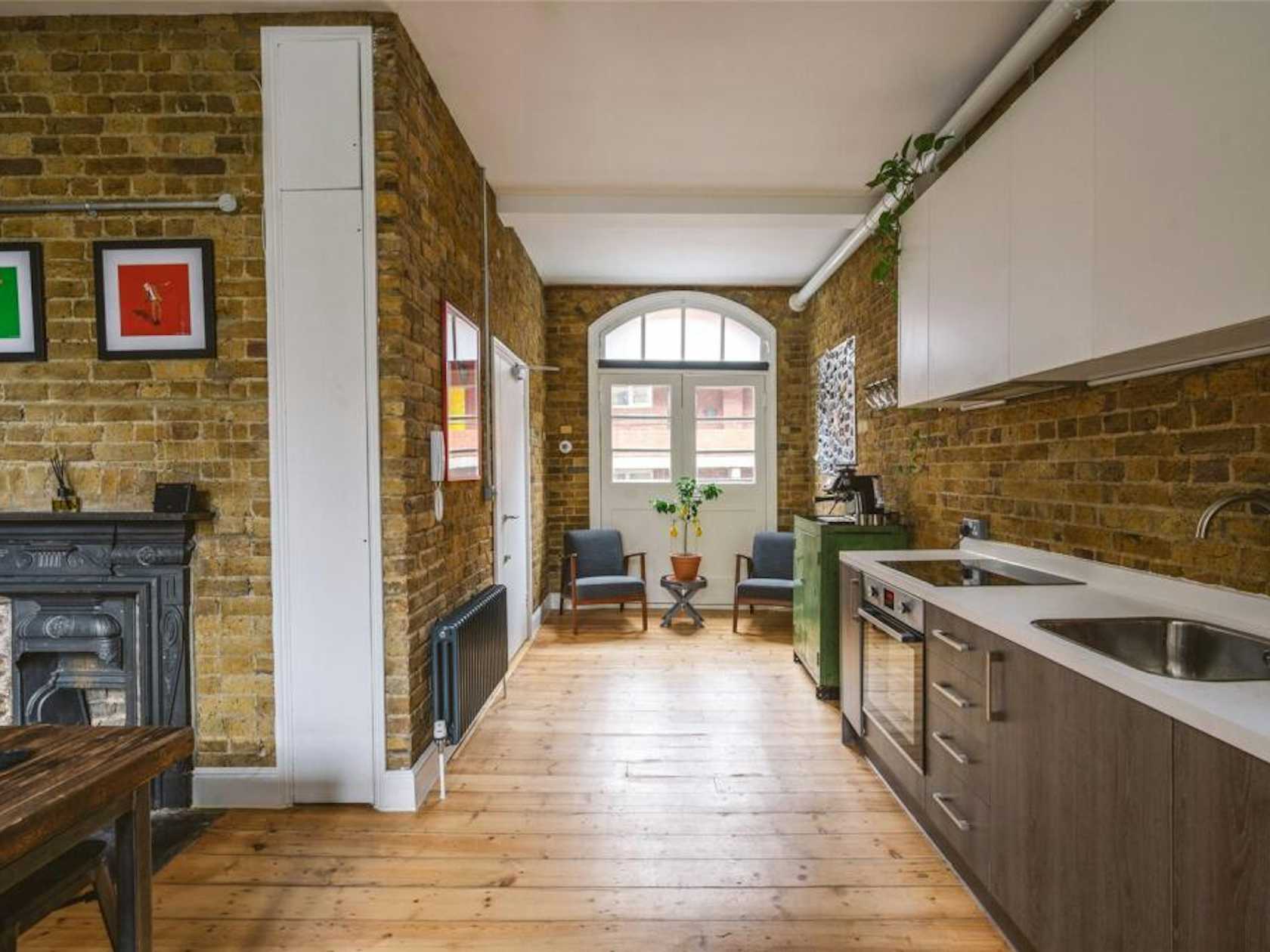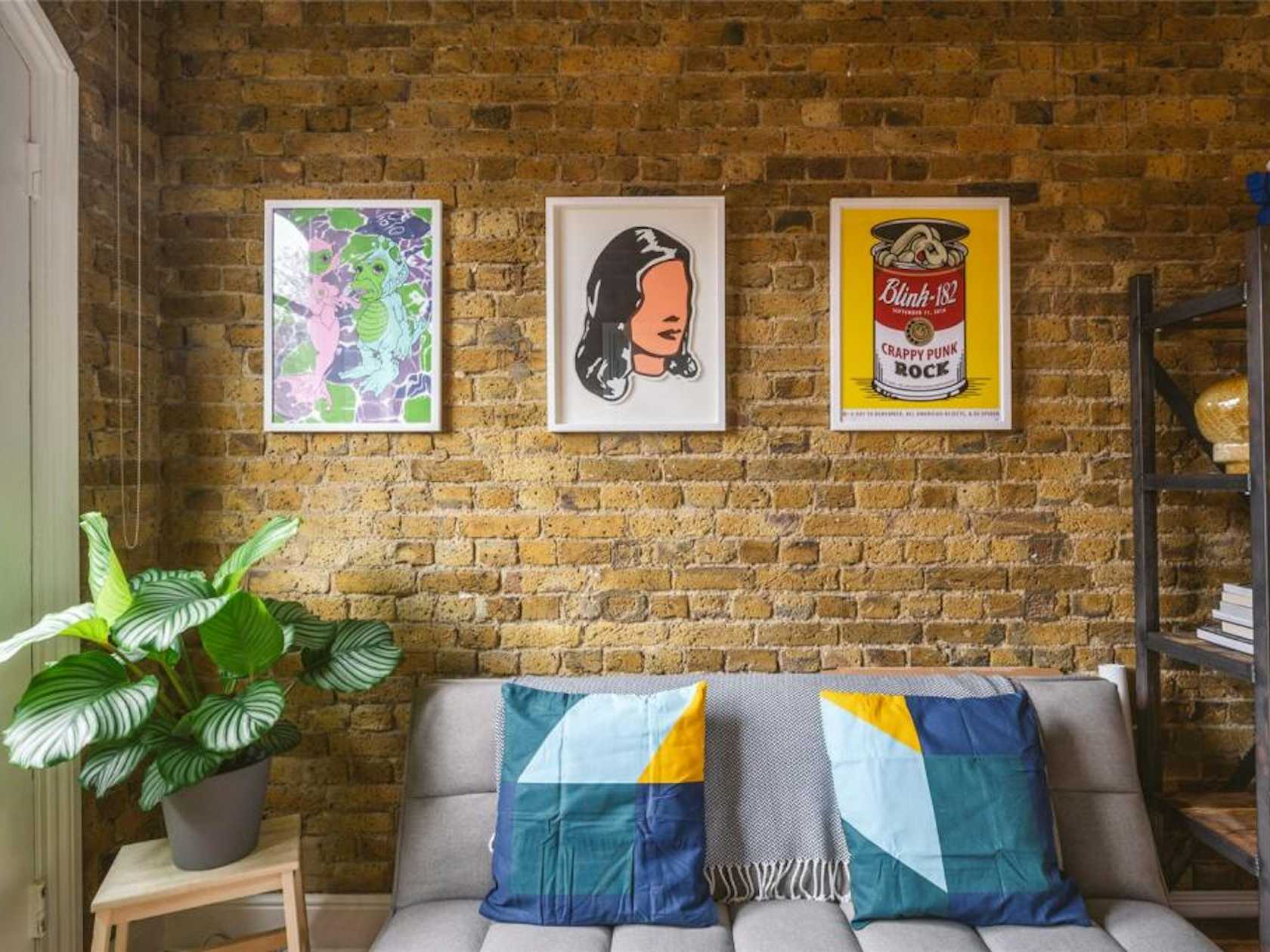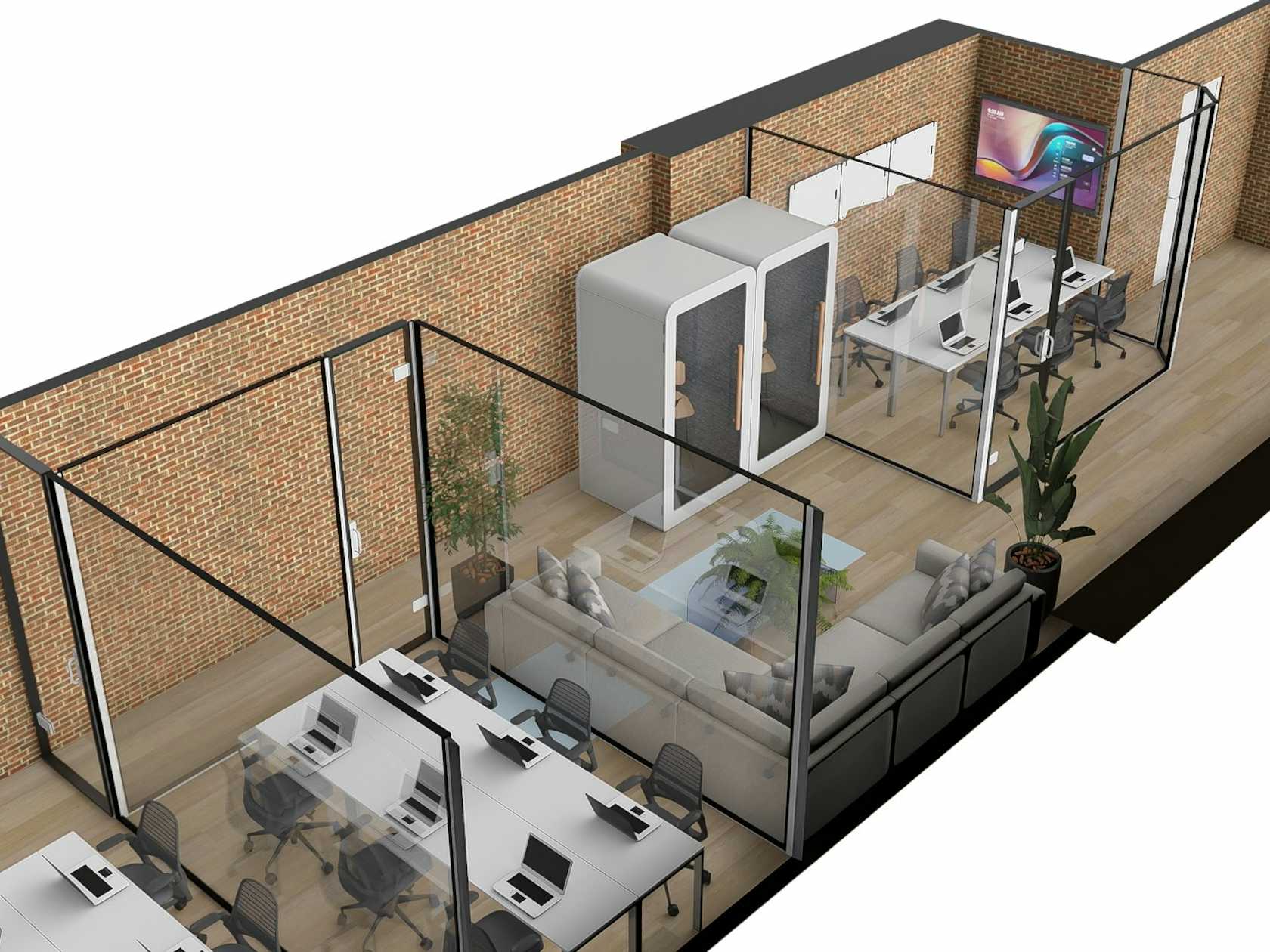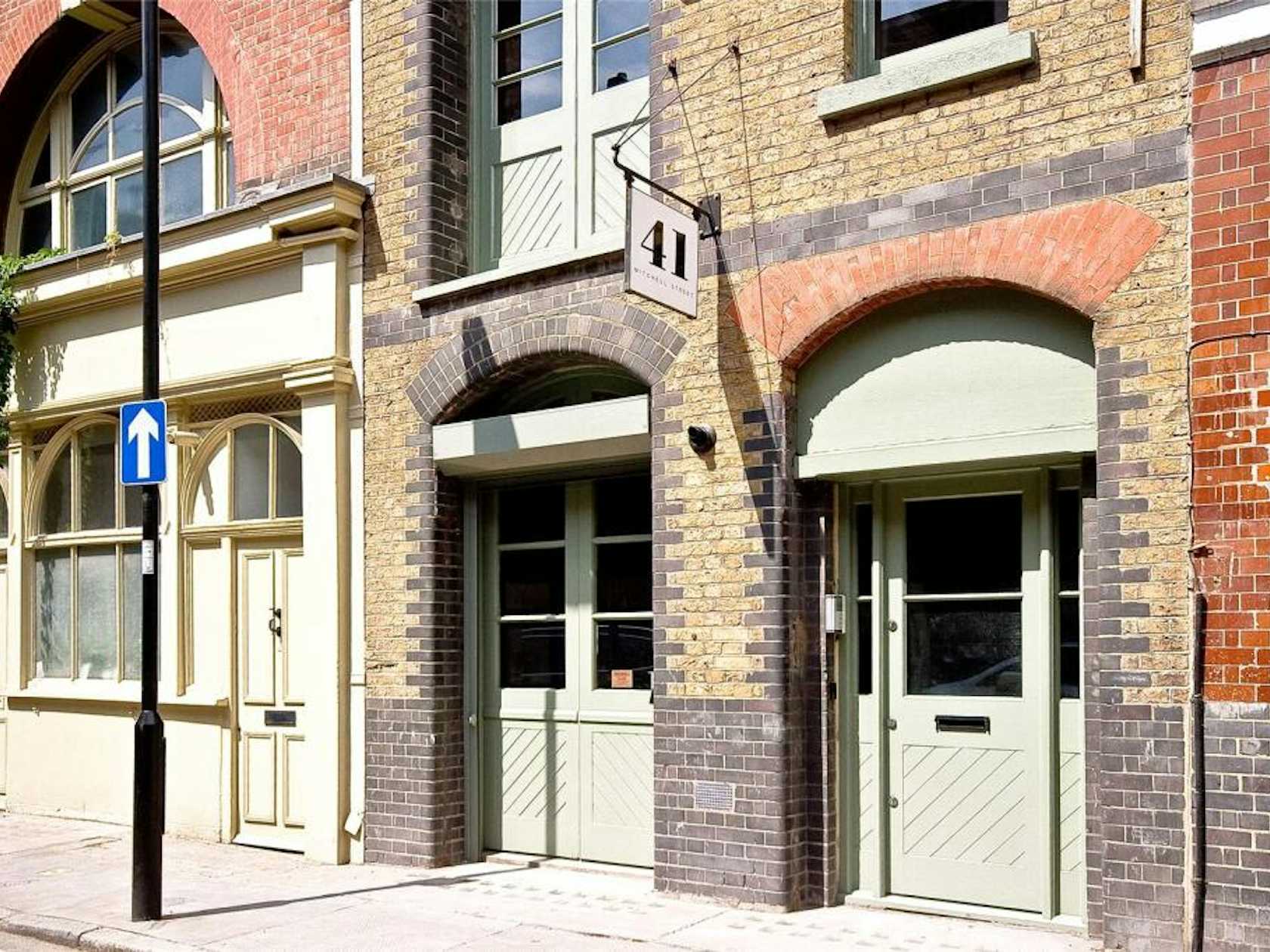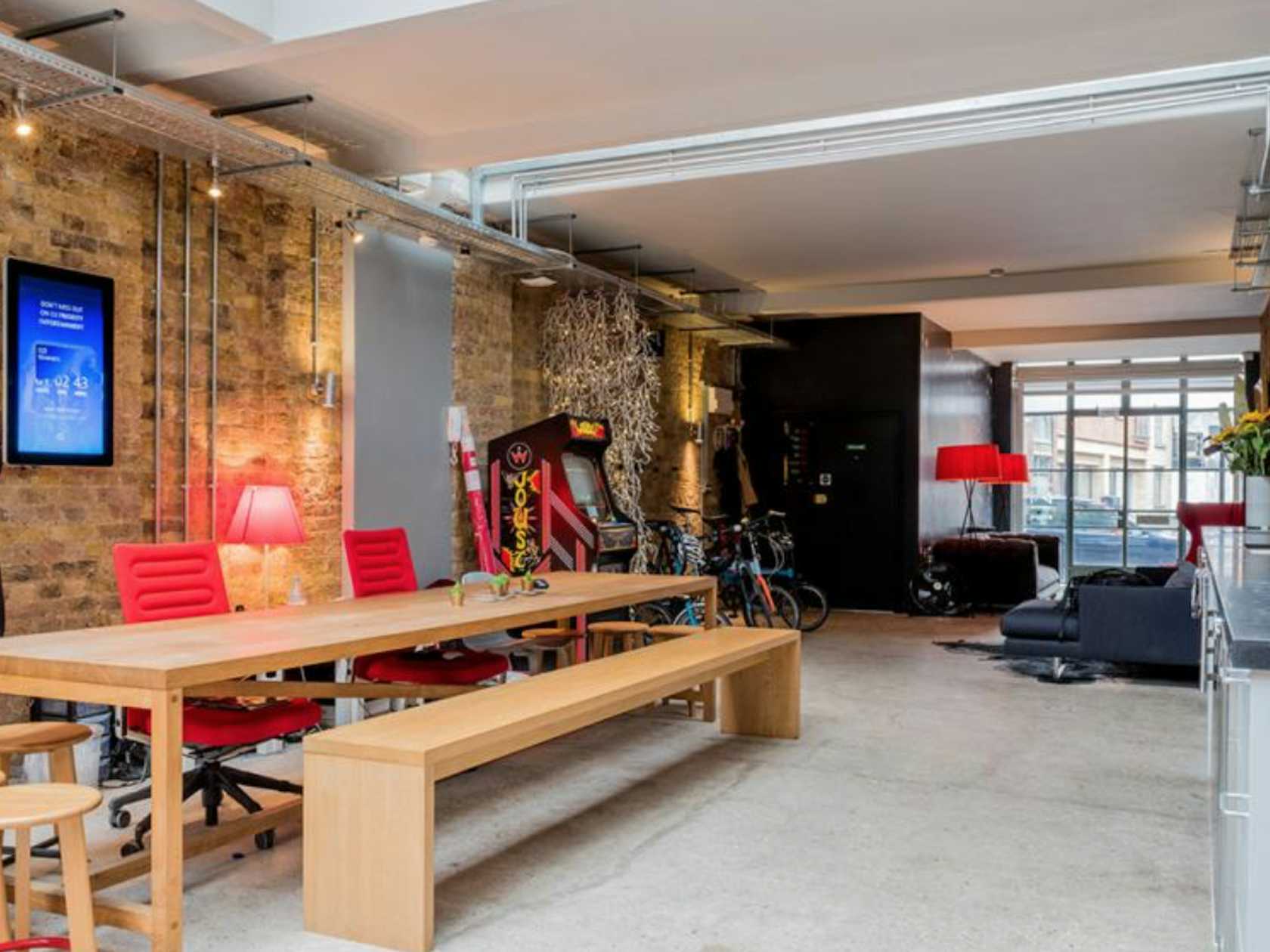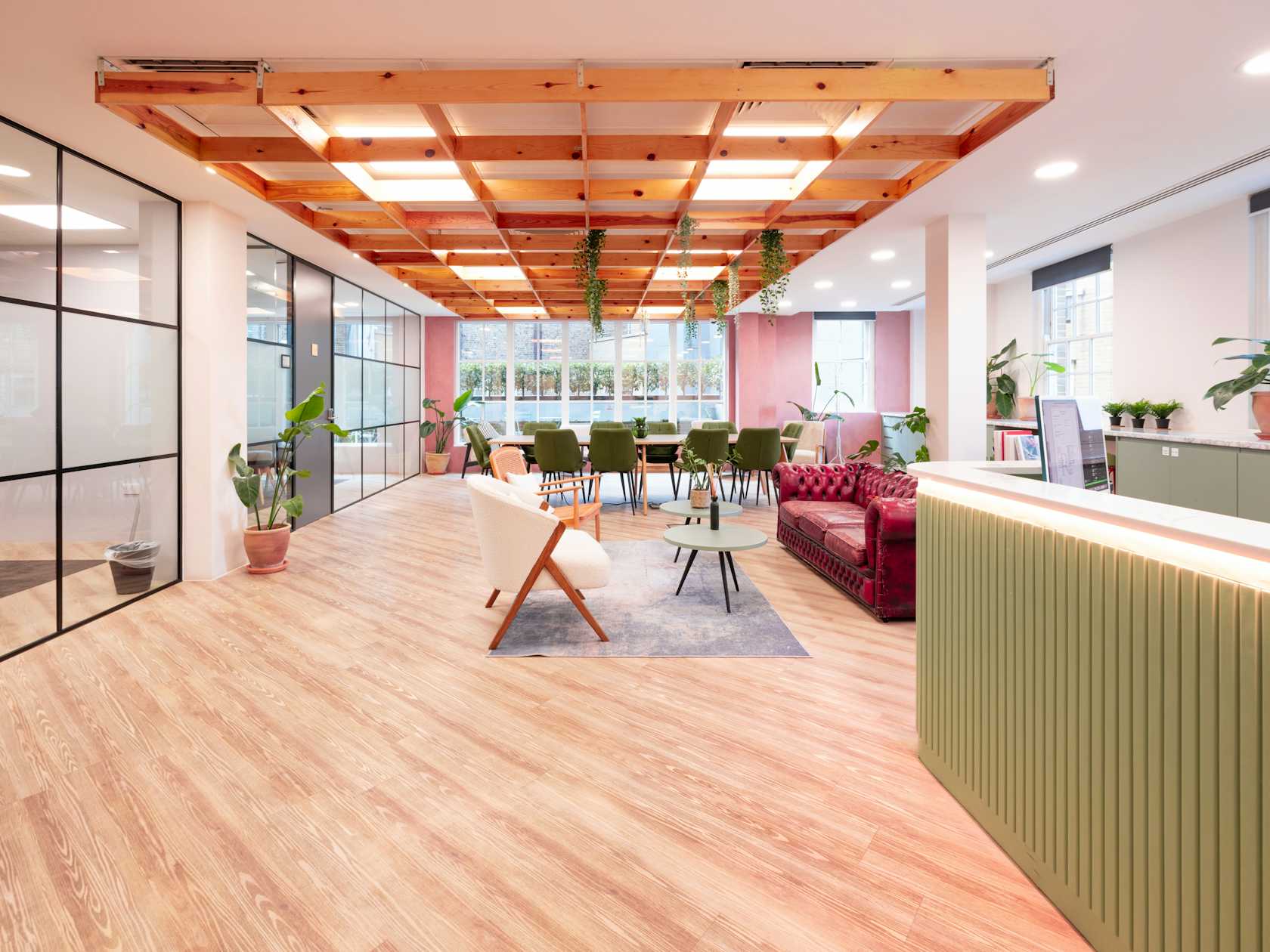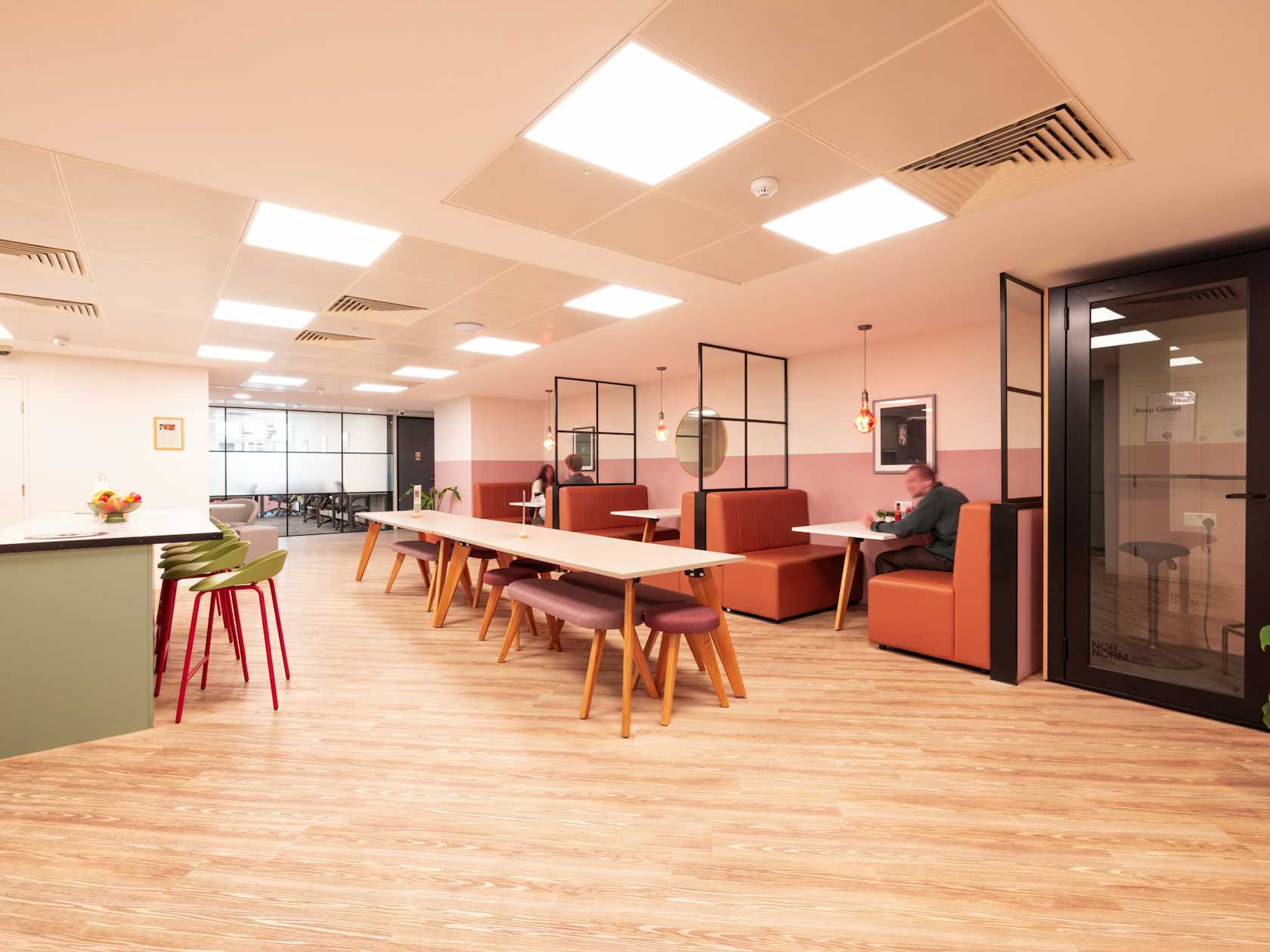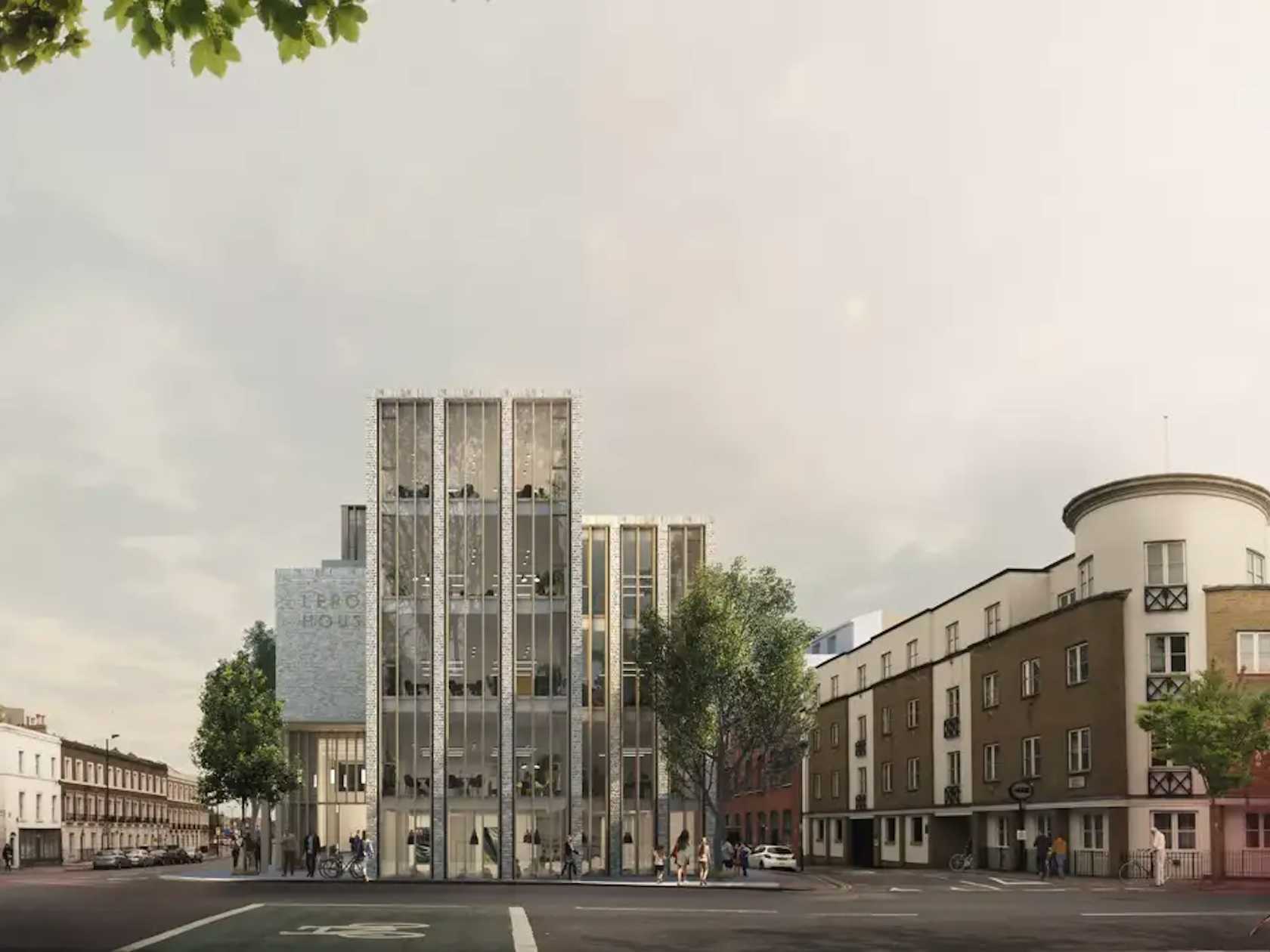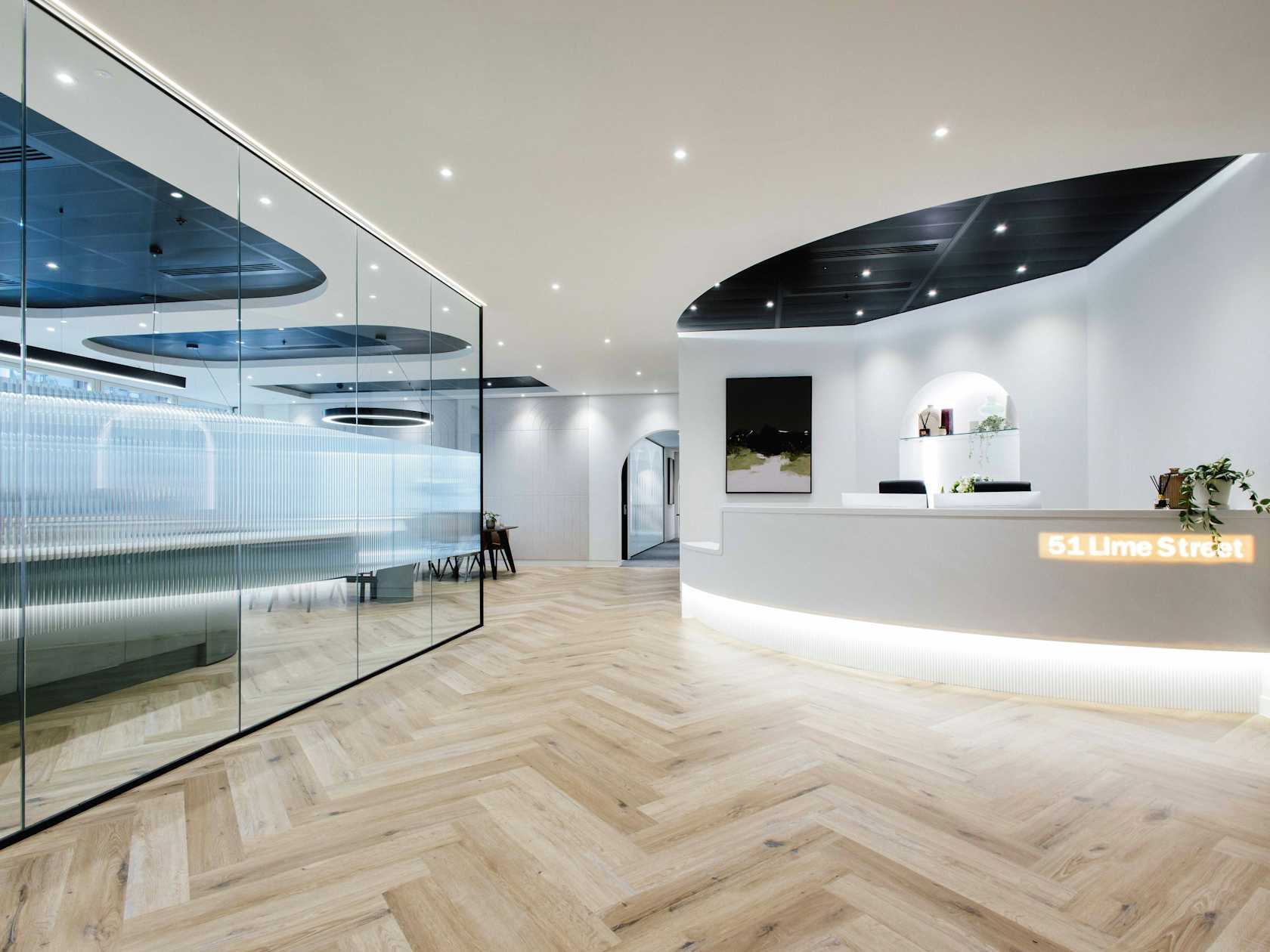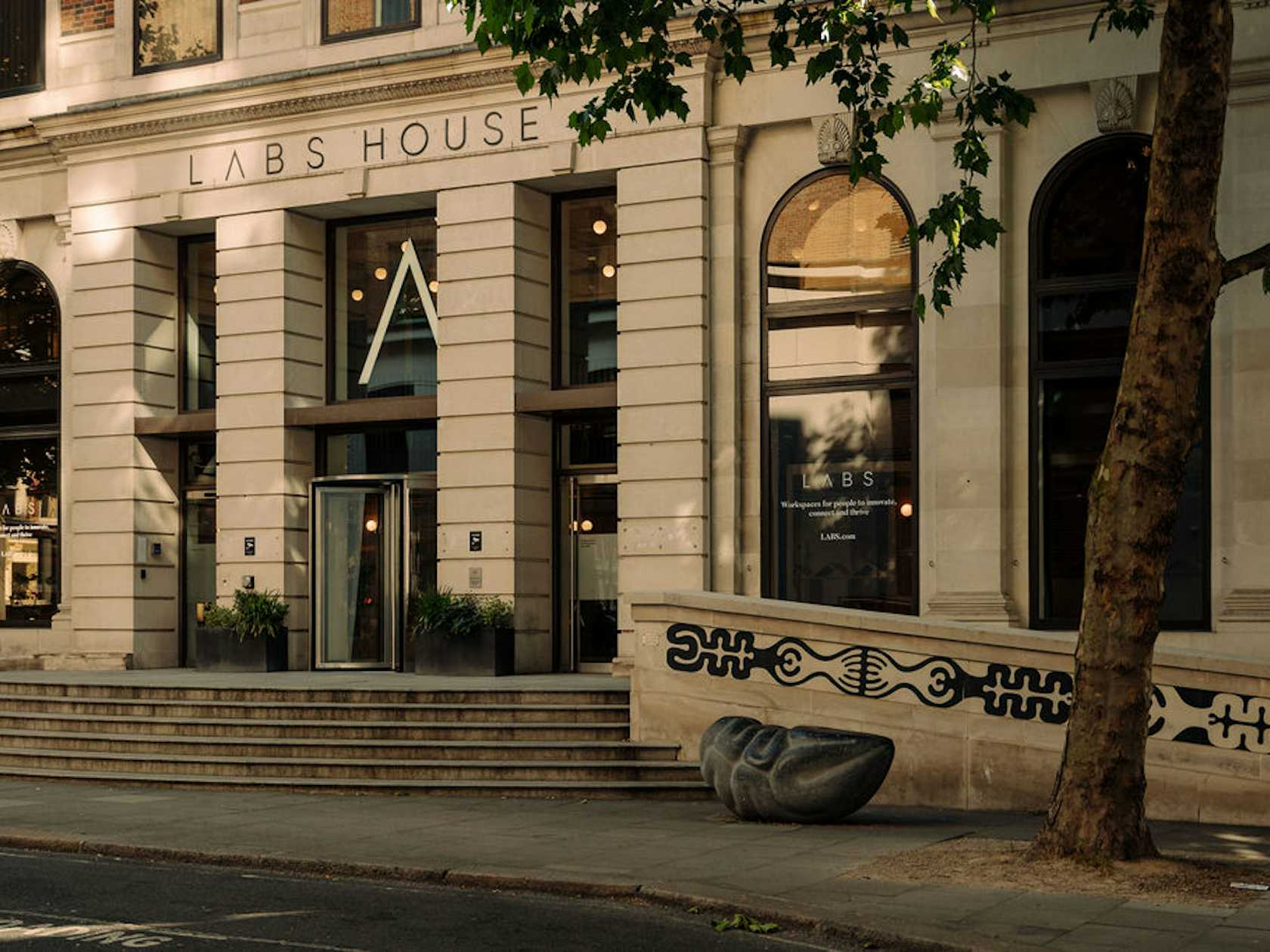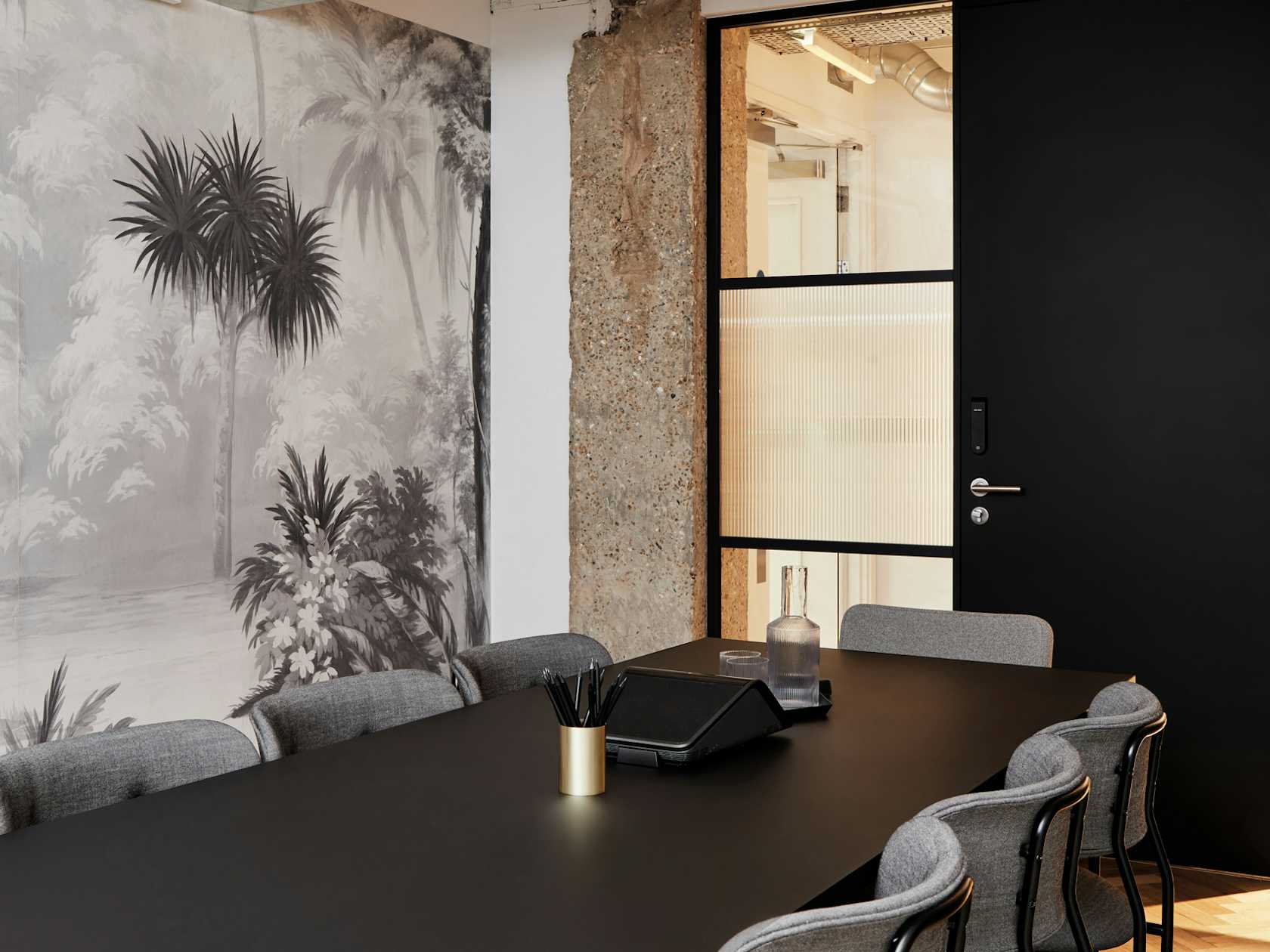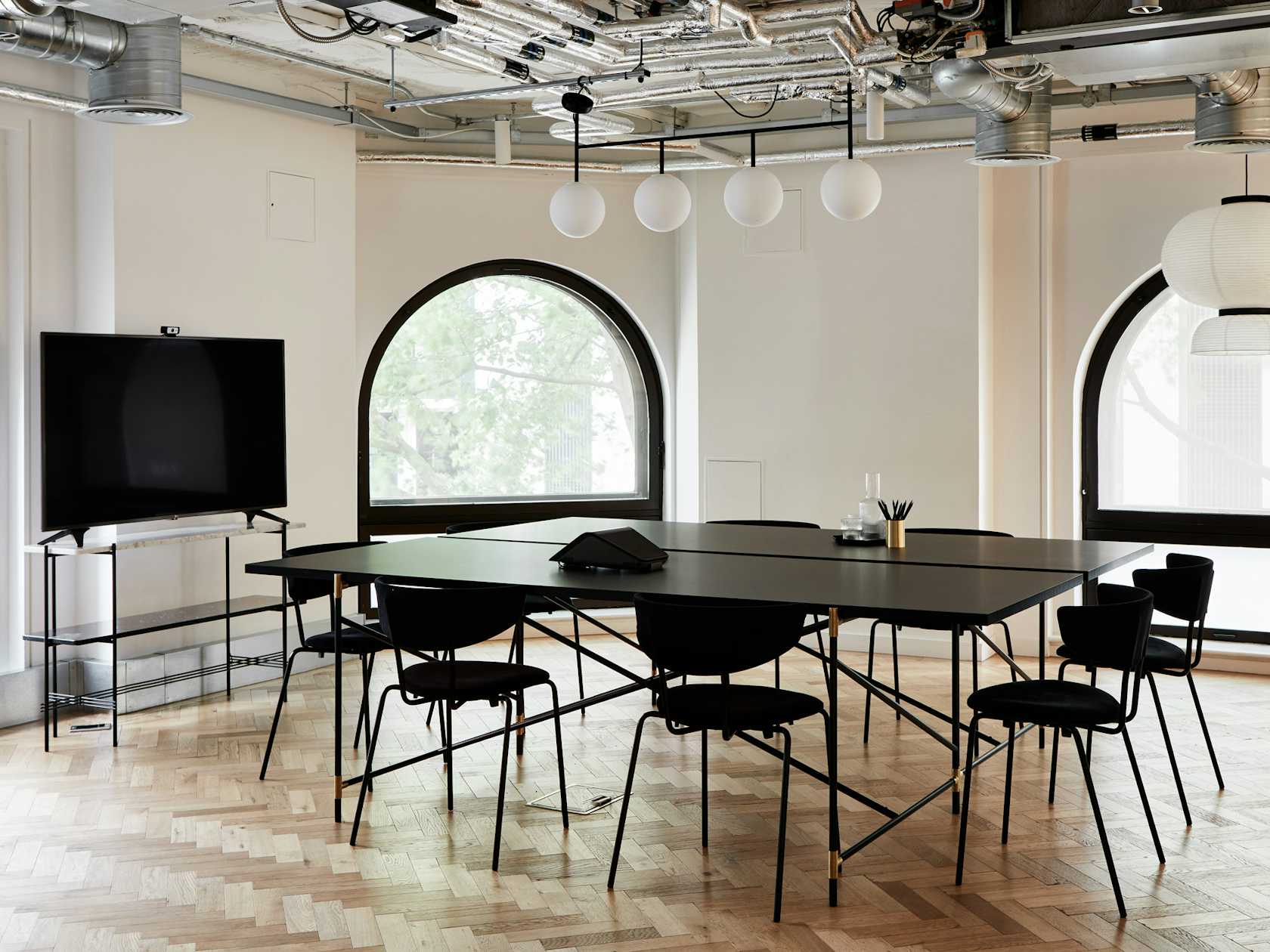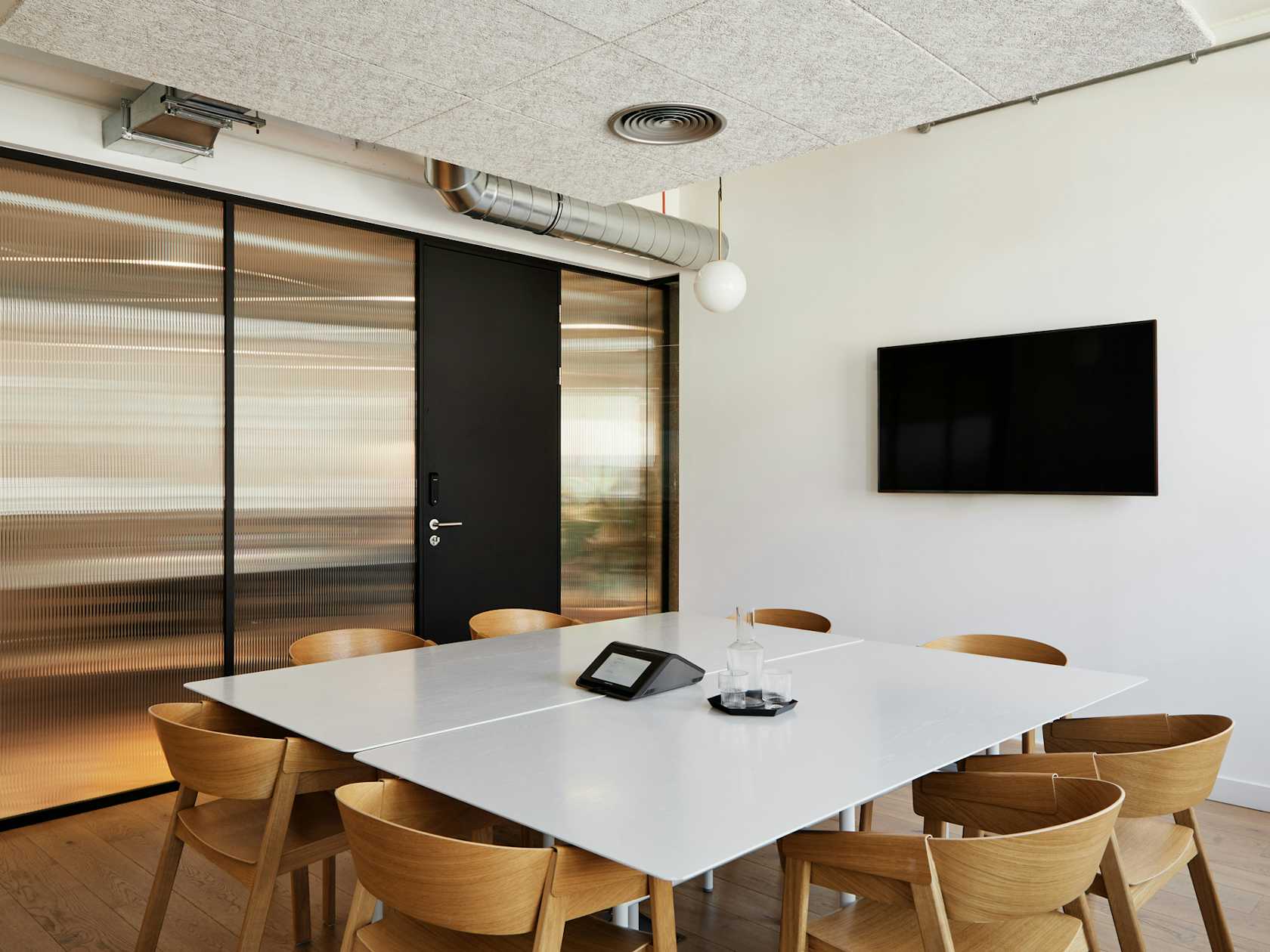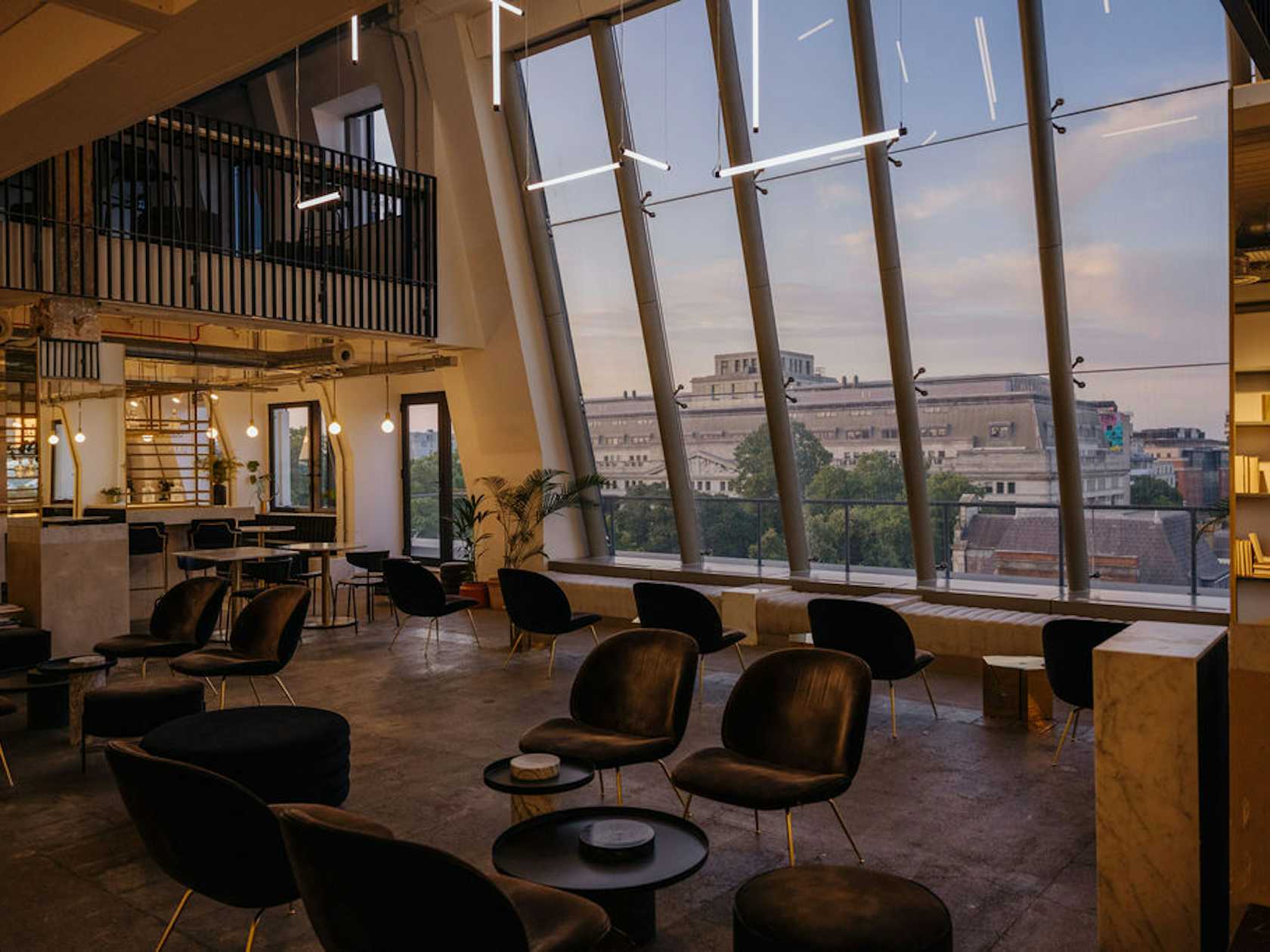20 people
London - Private Office Space - 1494 results
Skip the scroll.
Get a tailored shortlist from an expertWe’ll send you a free expertly-curated selection of your best matches on (and off) the market.

- All inclusiveFora - Covent Garden - Orion House1 private officeLeicester Square (2 mins walk)from £16,700 / mo
- All inclusiveLandmark - Wogan House3 private officesOxford Circus (5 mins walk)
4-15 people
from £4,300 / mo - All inclusiveOfferRunway East - London Bridge9 private officesLondon Bridge (6 mins walk)
8-26 people
from £5,280 / mo - All inclusiveFora - Albert House8 private officesOld Street (2 mins walk)
3-28 people
from £1,455 / mo - All inclusiveOfferbeyond Aldgate Tower11 private officesAldgate East (1 min walk)
2-83 people
from £1,390 / mo - All inclusiveWorkLife - Borough3 private officesBorough (3 mins walk)
9-70 people
from £6,273 / moAlso available part-time
- All inclusiveHuckletree - Bishopsgate1 private officeLiverpool Street (4 mins walk)
2 people
from £2,600 / mo - All inclusiveOfferCanvas Offices - 88 Kingsway9 private officesHolborn (0 mins walk)
7-75 people
from £4,500 / mo - FeaturedAll inclusiveWeWork - 30 Churchill Place17 private officesCanary Wharf (5 mins walk)
3-420 people
from £1,200 / mo - All inclusiveUNCOMMON - Holborn7 private officesHolborn (2 mins walk)
12-143 people
from £8,600 / mo - FeaturedAll inclusiveWeWork - Aviation House16 private officesHolborn (1 min walk)
2-96 people
from £1,450 / mo - All inclusiveOfferThe Workers' League - Bonhill Street2 private officesOld Street (5 mins walk)
6 people
from £2,750 / moAlso available part-time
- All inclusiveOfferCanvas Offices - Luke Street5 private officesOld Street (5 mins walk)
5-70 people
from £2,800 / mo - All inclusiveOfferYellow Ladybird6 private officesOld Street (5 mins walk)
2-30 people
from £1,500 / mo - All inclusiveOfferKeyboards & Dreams - Farringdon5 private officesFarringdon (2 mins walk)
6-30 people
from £1,500 / mo - All inclusiveOfferRunway East - Covent Garden19 private officesTottenham Court Road (3 mins walk)
5-23 people
from £3,450 / mo - Self-ManagedOffer26 Britton Street2 private officesFarringdon (2 mins walk)
4-12 people
from £3,500 / mo - All inclusiveOfferRivvia - Covent Garden1 private officeCovent Garden (2 mins walk)
28 people
from £22,260 / moAlso available part-time
- All inclusiveOfferThe Brew: Eagle House - City Road5 private officesOld Street (4 mins walk)
10-16 people
from £3,870 / moAlso available part-time
- Self-ManagedWorkspace - Leroy House11 private officesCanonbury (6 mins walk)
5-26 people
from £1,410 / mo - All inclusiveWeWork - 5 Merchant Square18 private officesEdgware Road (Circle) (4 mins walk)
2-480 people
from £1,500 / mo - FeaturedAll inclusiveOfferThe Trampery Old Street5 private officesOld Street (3 mins walk)
4-8 people
from £2,046 / mo - All inclusiveOrega - 51 Lime Street1 private officeMonument (4 mins walk)
22 people
from £21,265 / mo - FeaturedAll inclusiveLABS House14 private officesHolborn (3 mins walk)
1-100 people
from £750 / mo
Full time offices in London
Whether you’re a startup, enterprise, or somewhere in between, getting your workspace setup right is a crucial part of your day-to-day success. For office-based and hybrid businesses, flexible offices are an adaptable and convenient workspace solution. Unlike traditional leased offices with expensive fit-outs and long-term leases, flexible office spaces offer a variety of workspace options and lease terms to suit different business sizes and styles.
Flexible office solutions are adaptable to your business’s changing needs, cost-effective, and take away much of the hassle of managing an office space. For an even more cost-effective solution, you can rent an office 1-3 days per week with a part-time office, saving up to 75% versus the cost of a full-time office.
Other workspaces available in London
London
London accommodates a dynamic and influential professional hub, attracting a diverse range of companies, particularly from the tech industry. London's appeal as a global business centre can be attributed to many factors including its connectivity, with a plethora of international airports and high-speed rail links connecting it to major cities worldwide. The concentration of tech companies, events, conferences, and meetups in London also provides ample networking opportunities, fostering collaboration, knowledge sharing, and partnerships within the industry. Companies can access world-leading office space in London via the Hubble platform for private offices, meeting rooms and coworking spaces supporting you for whatever your requirements.Learn more about London, the types of workspaces and facilities available in this area, and average costs.
Learn more about office space in LondonOther popular area guides
FAQs about offices in London
How much does it cost to rent an office in London?
The cost of renting an office in the UK varies based on factors like location, size, and amenities. In London, prices range from £50 to £150 per square foot per year. Outside of London, it can range from £20 to £50 per square foot per year in major cities.
How much office space do you need per person in London?
The most commonly accepted rule in London is that 100 sq.ft. per employee is the ideal amount of space per person. This allows for roughly 50 sq.ft. for desk space and another 50 sq.ft. fo accommodate room in communal areas, like breakout spaces, meeting rooms and kitchens.




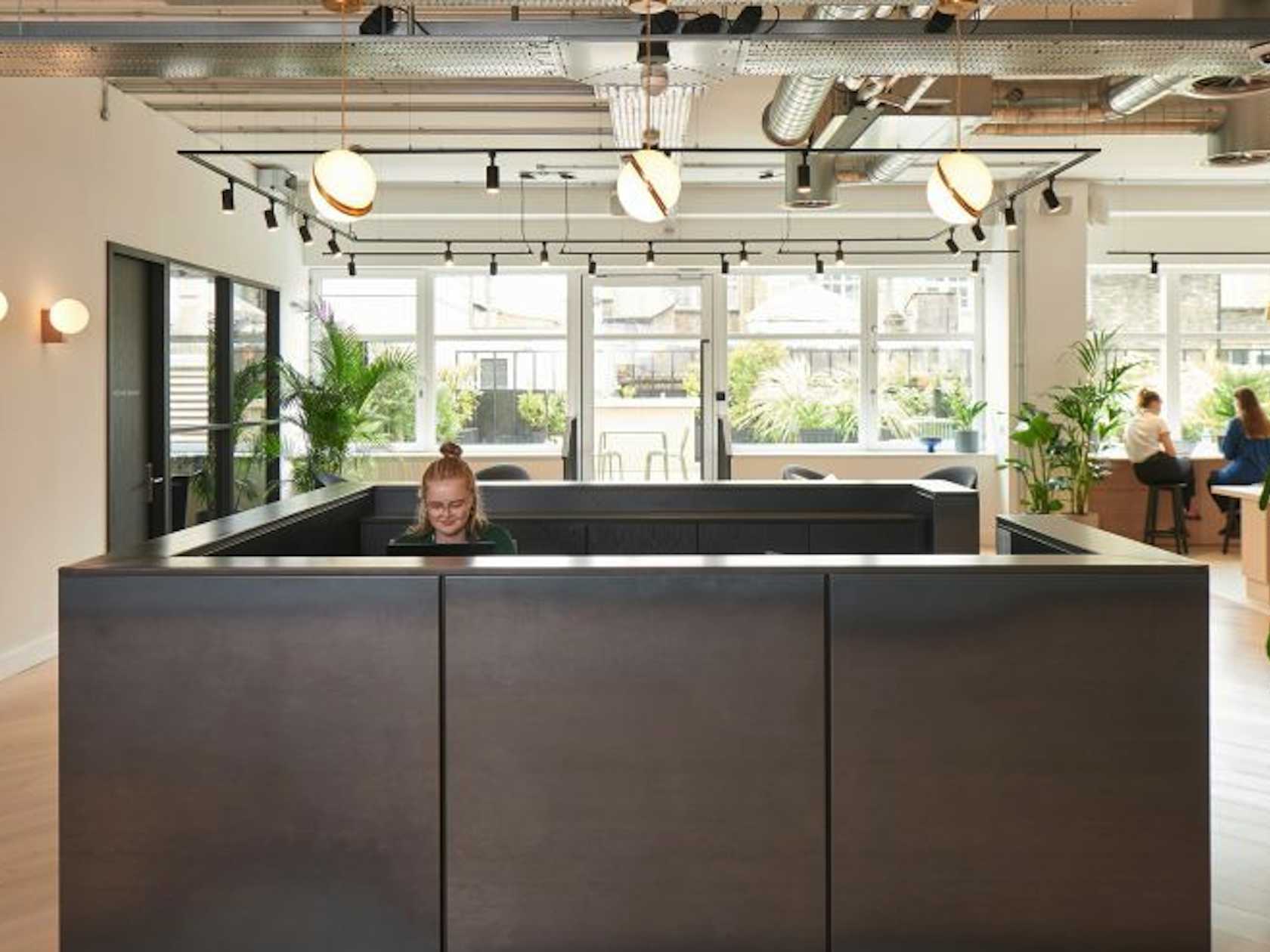









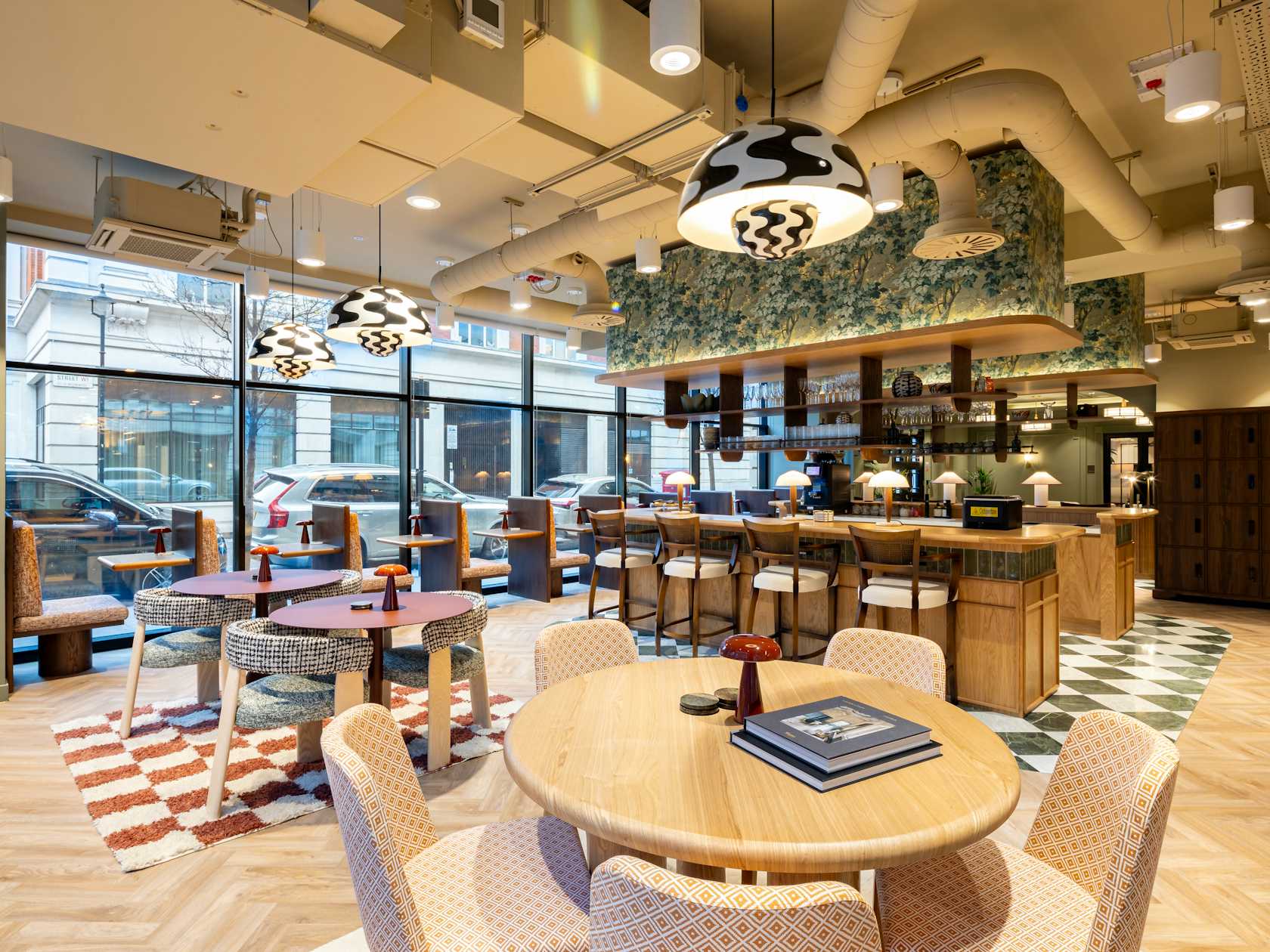






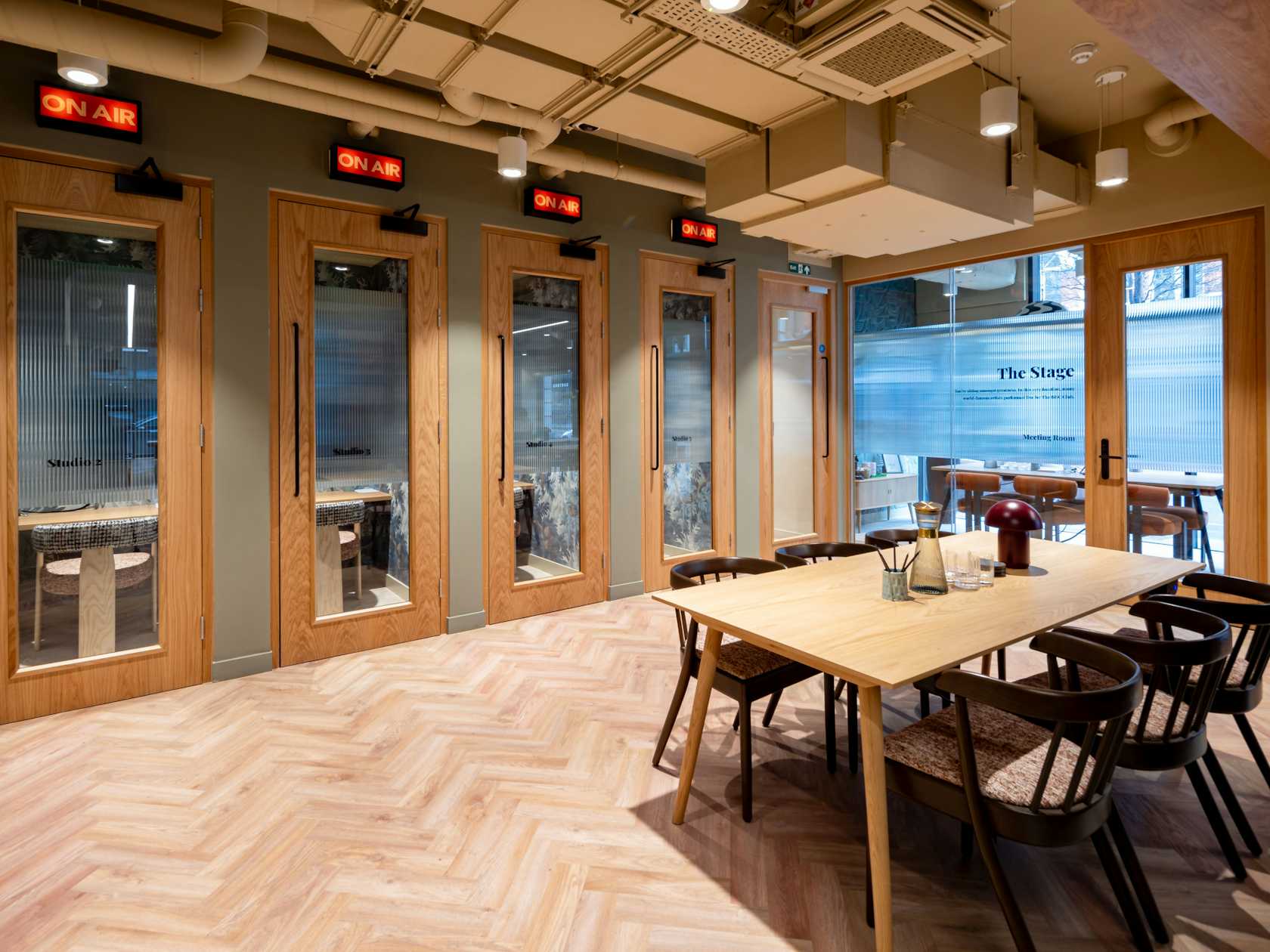







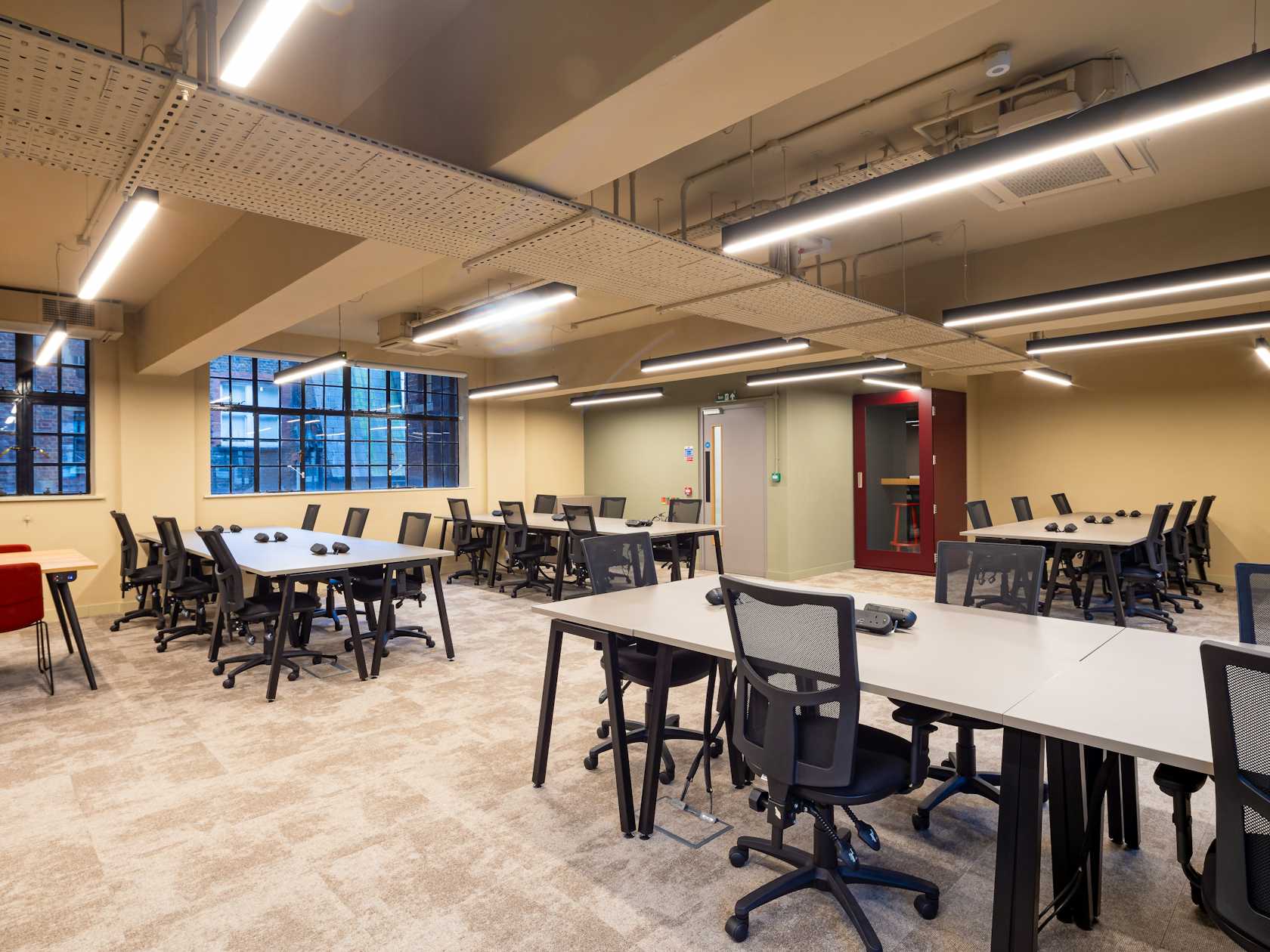



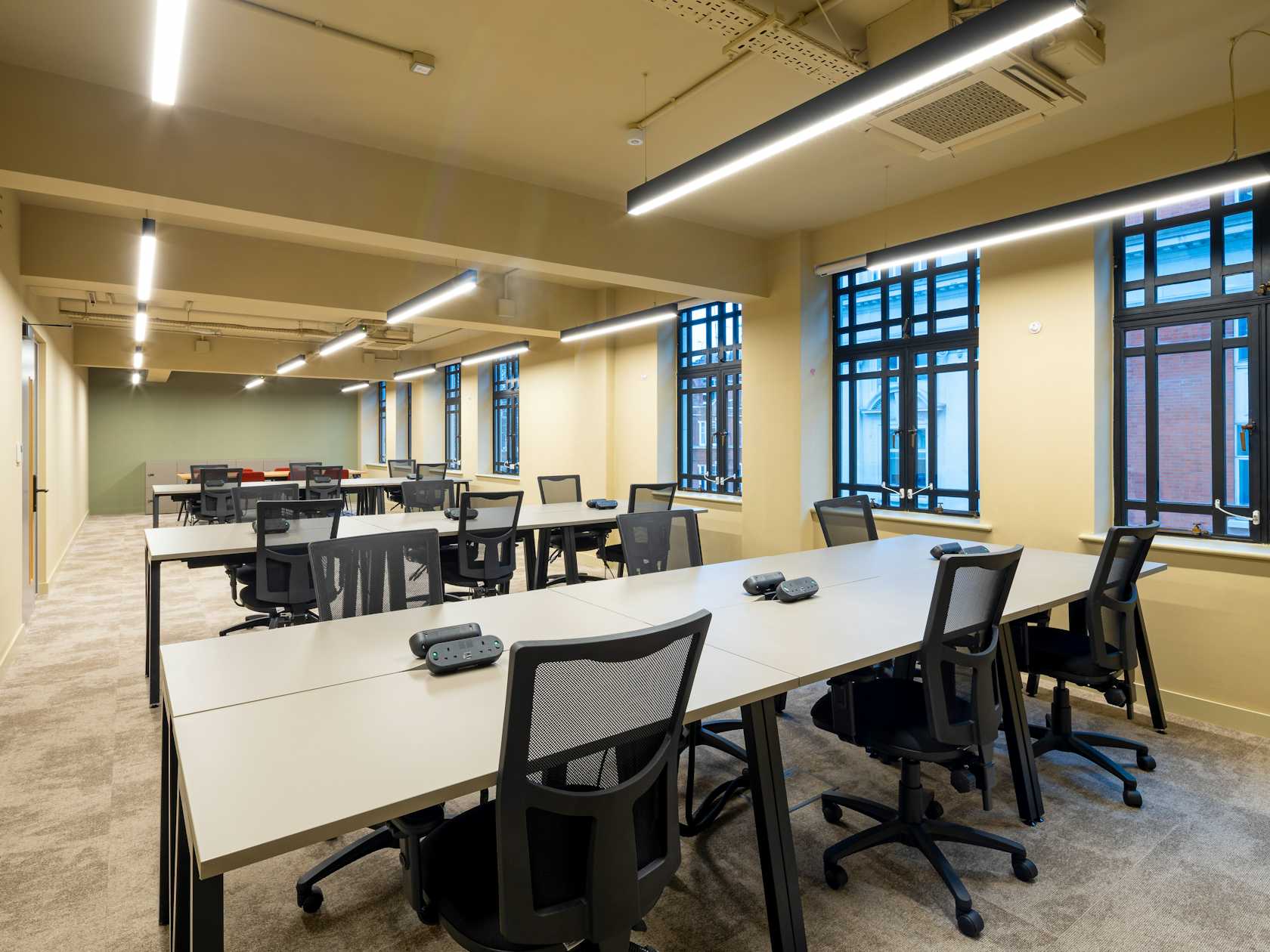
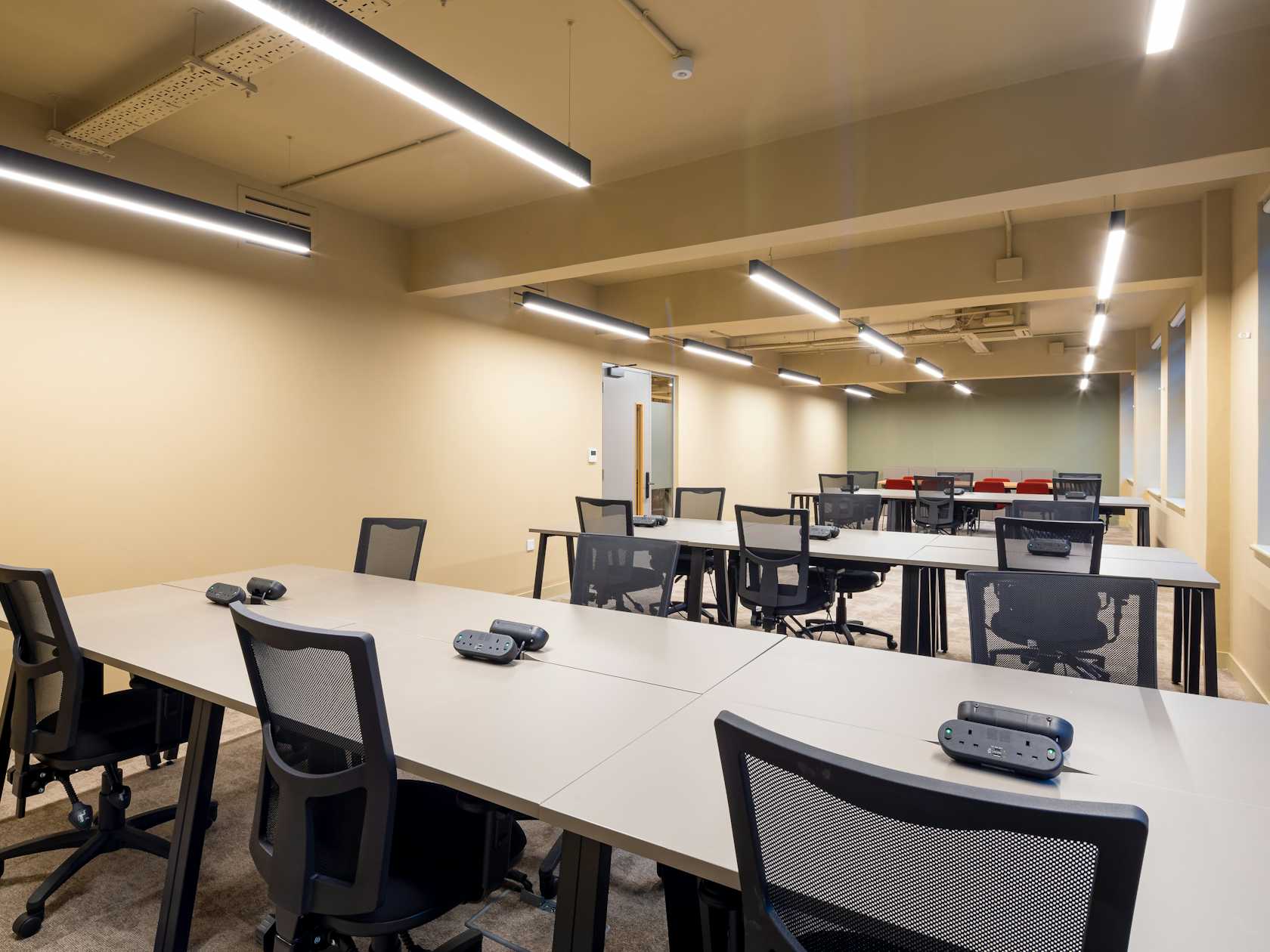




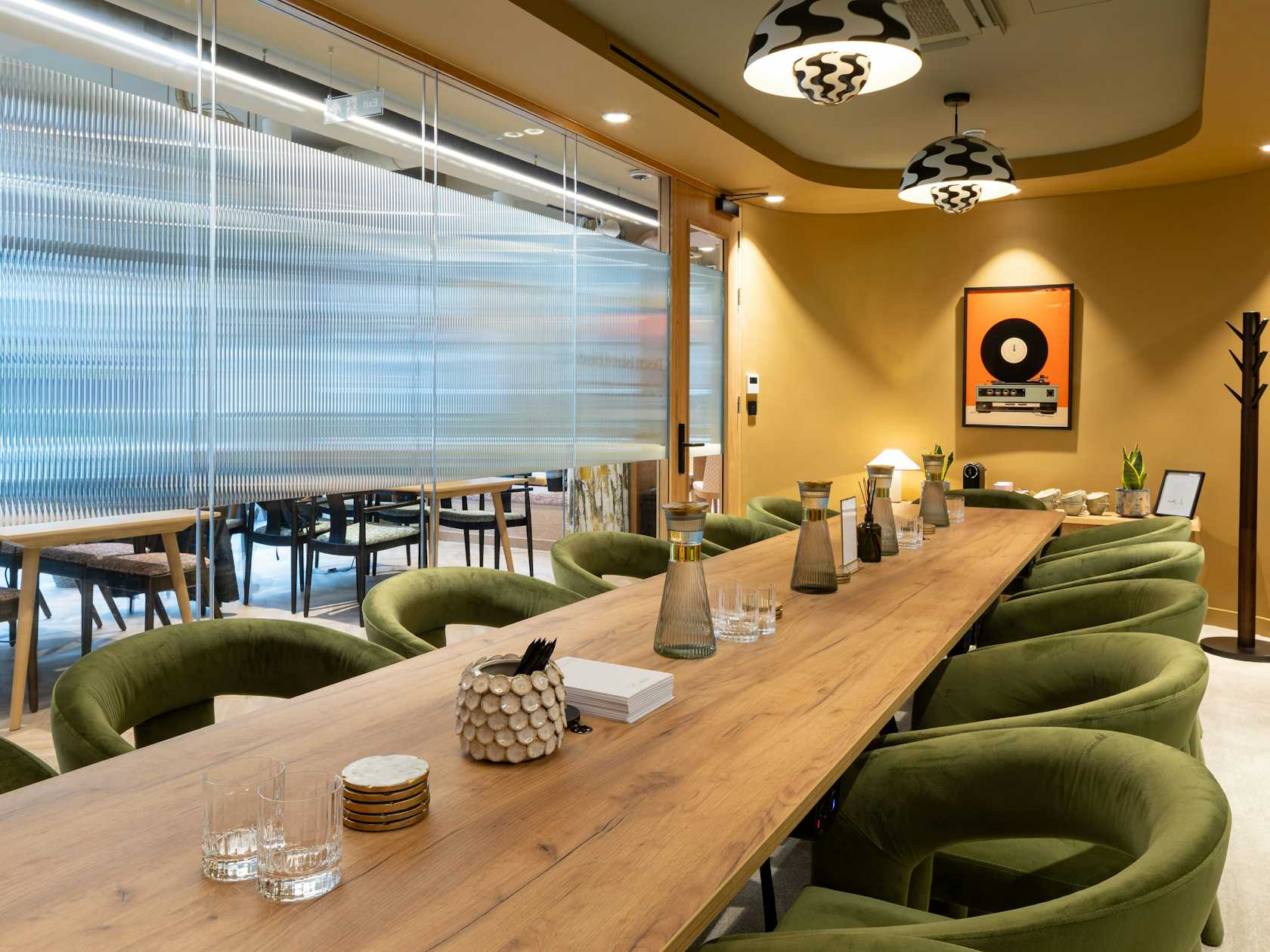

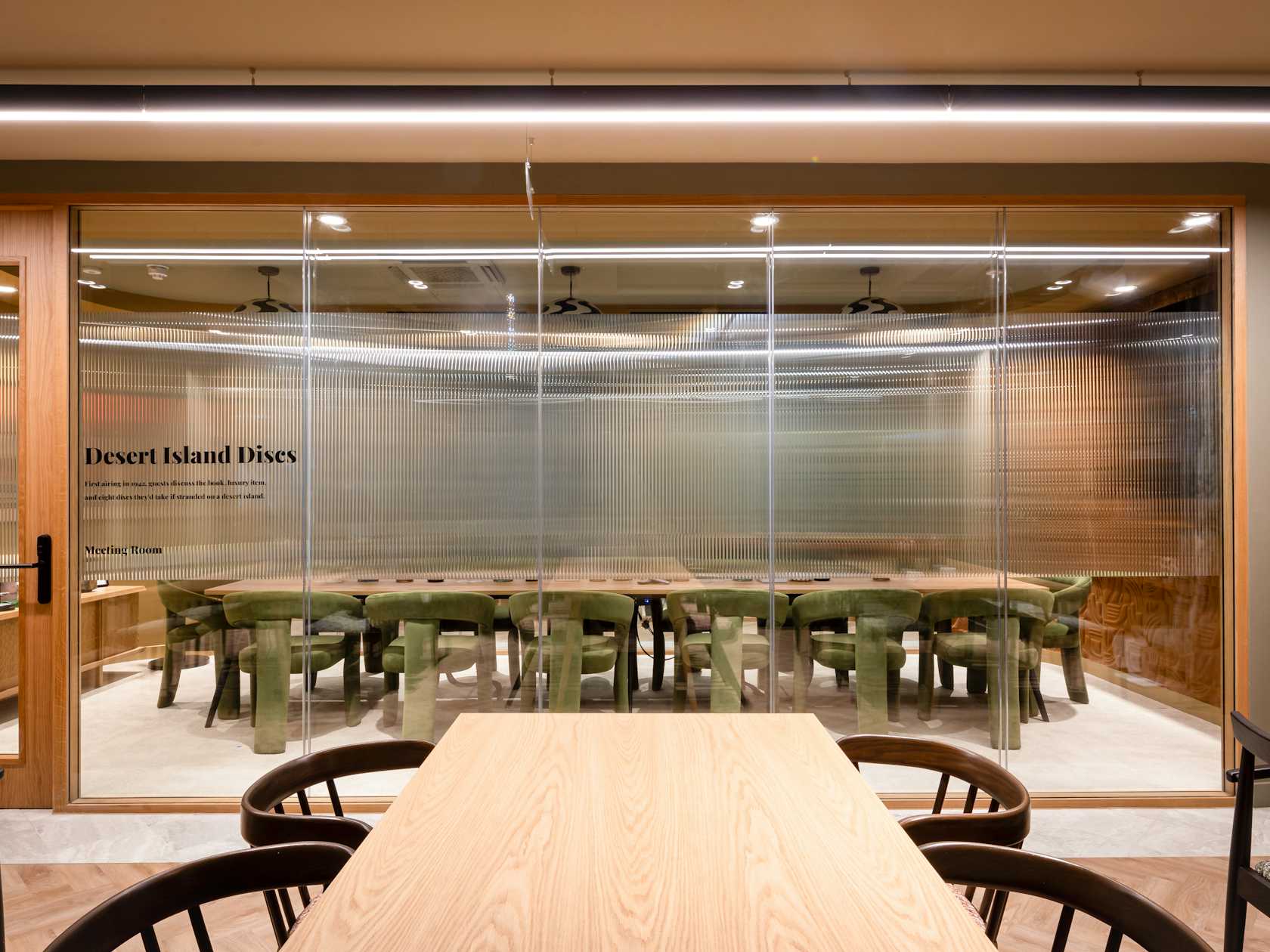








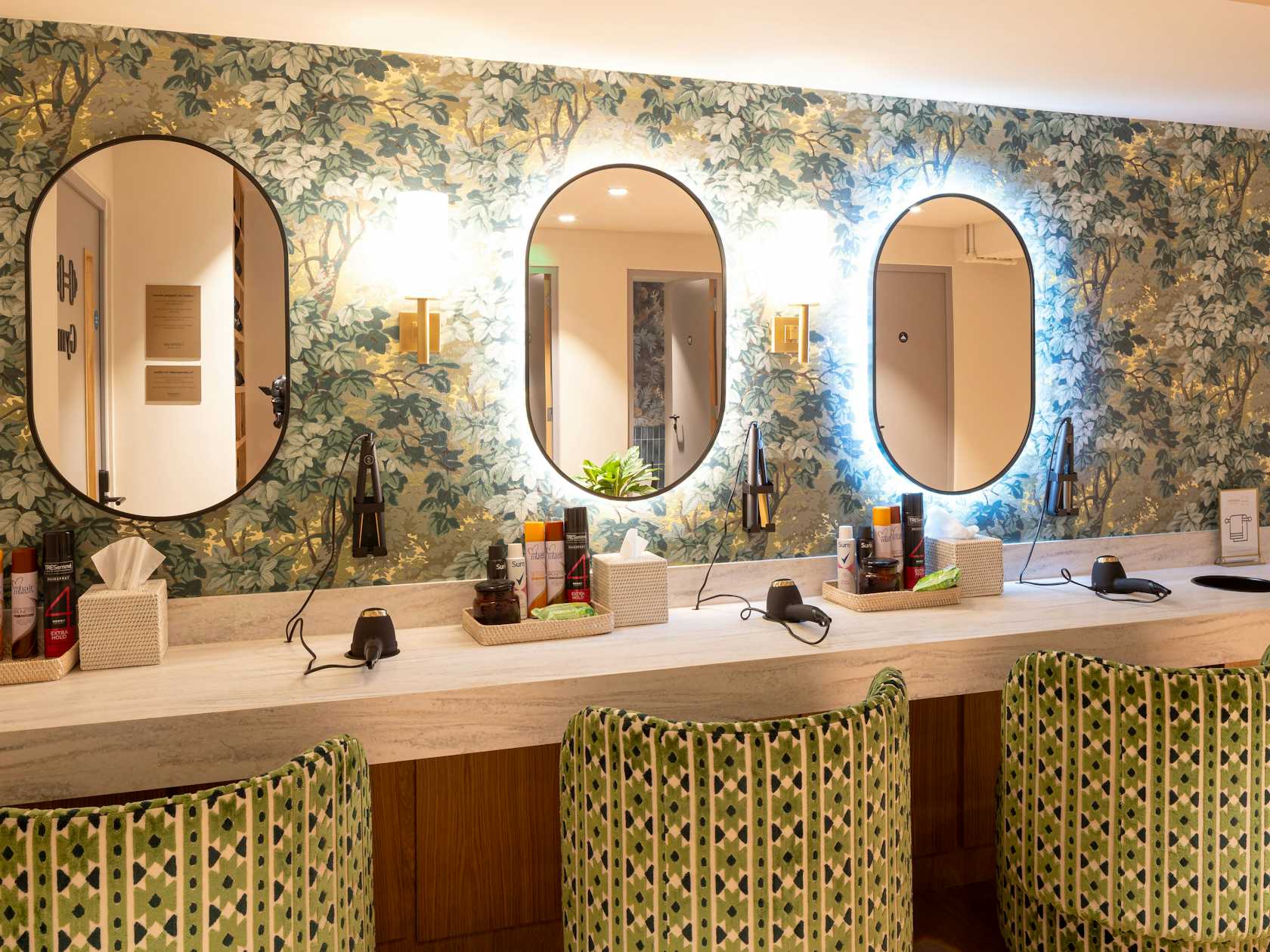




































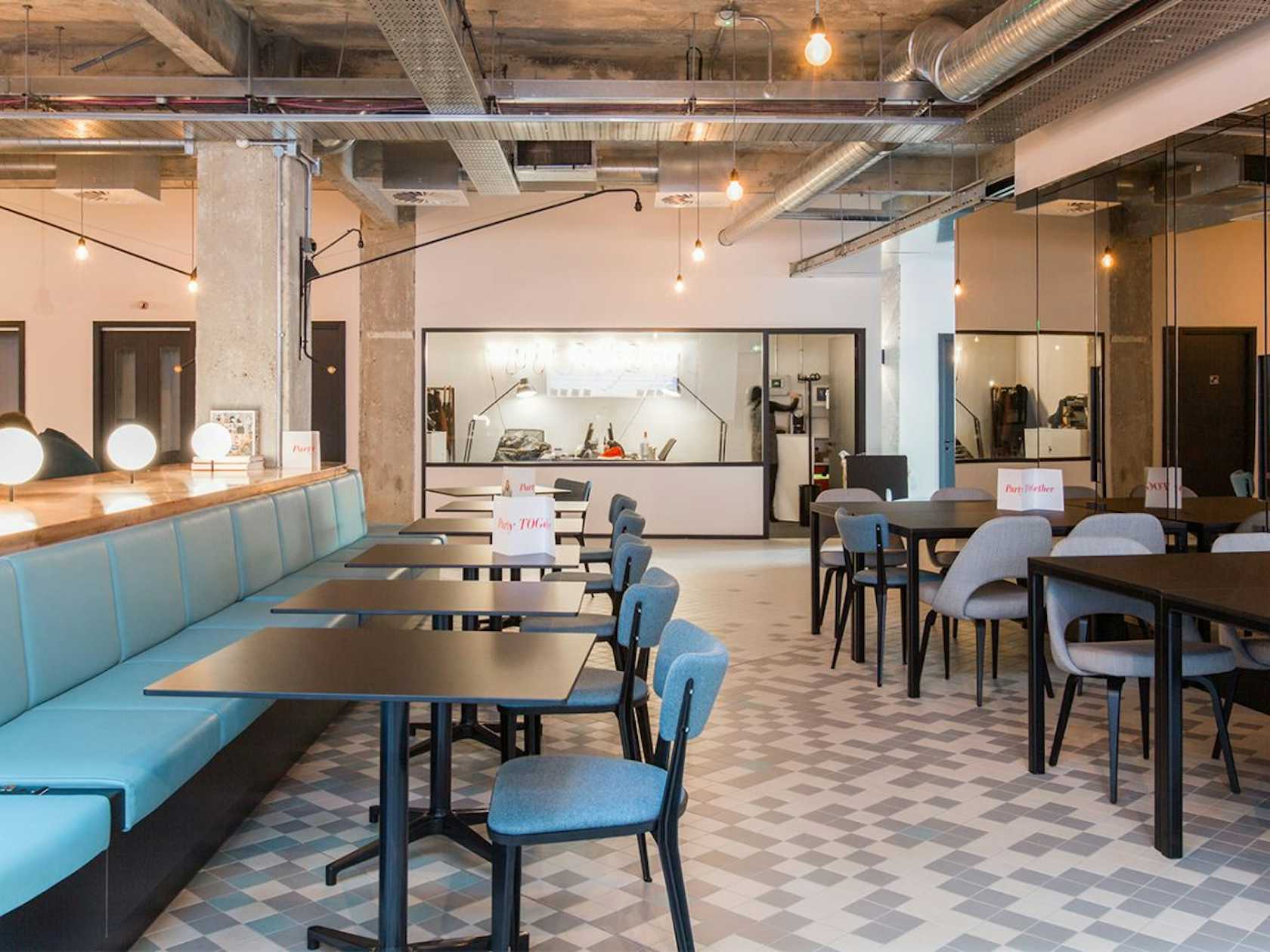













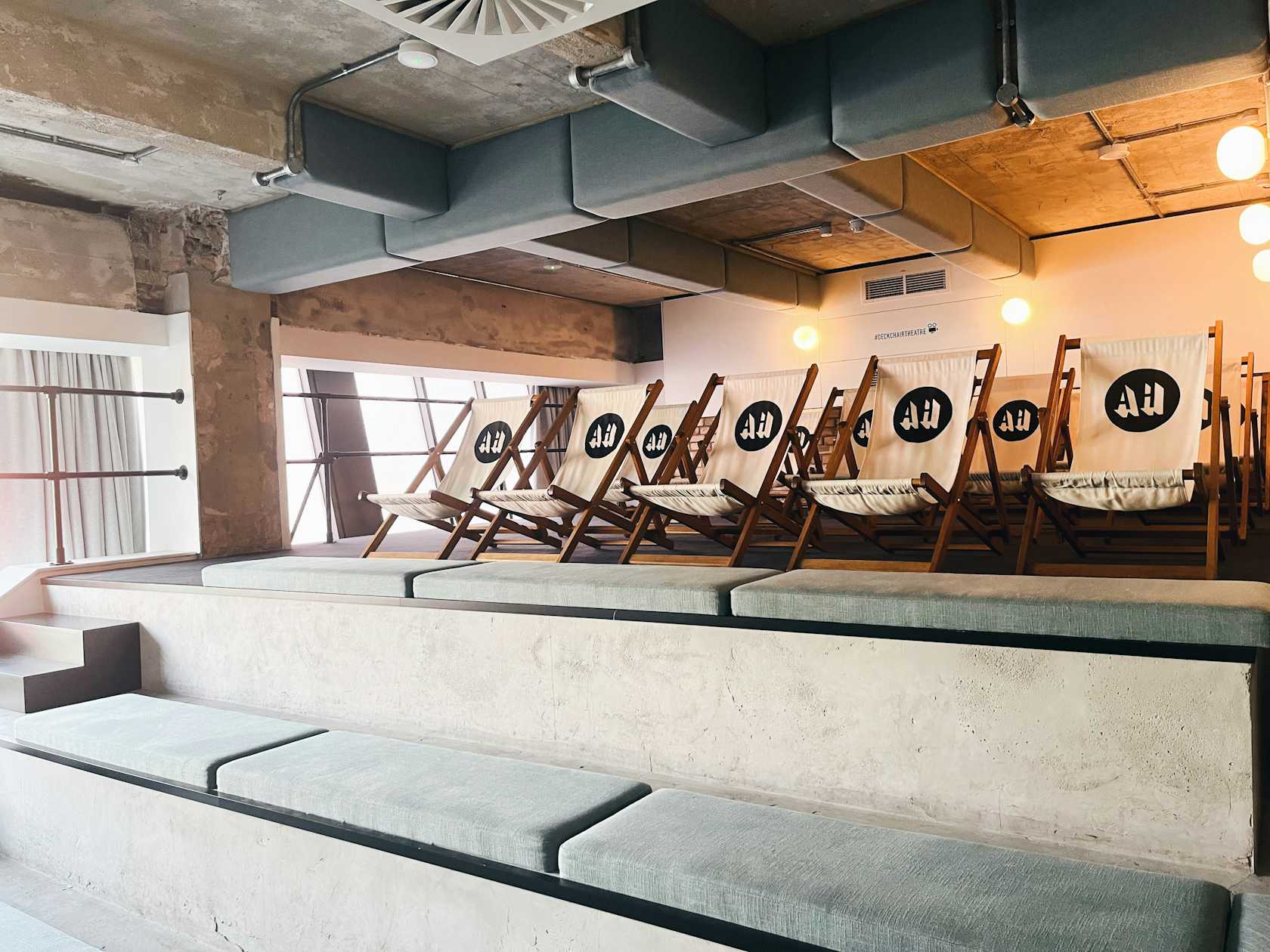







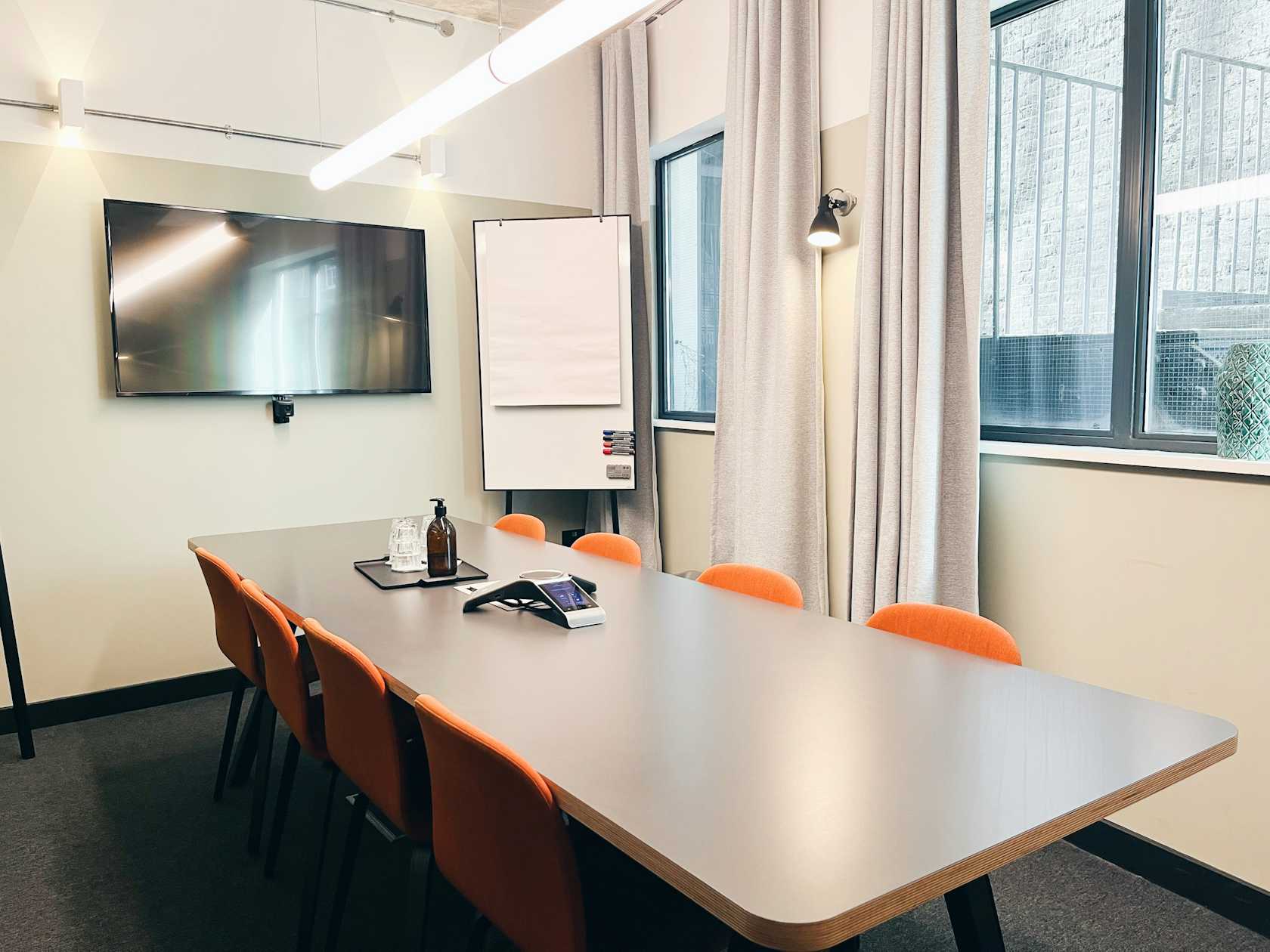
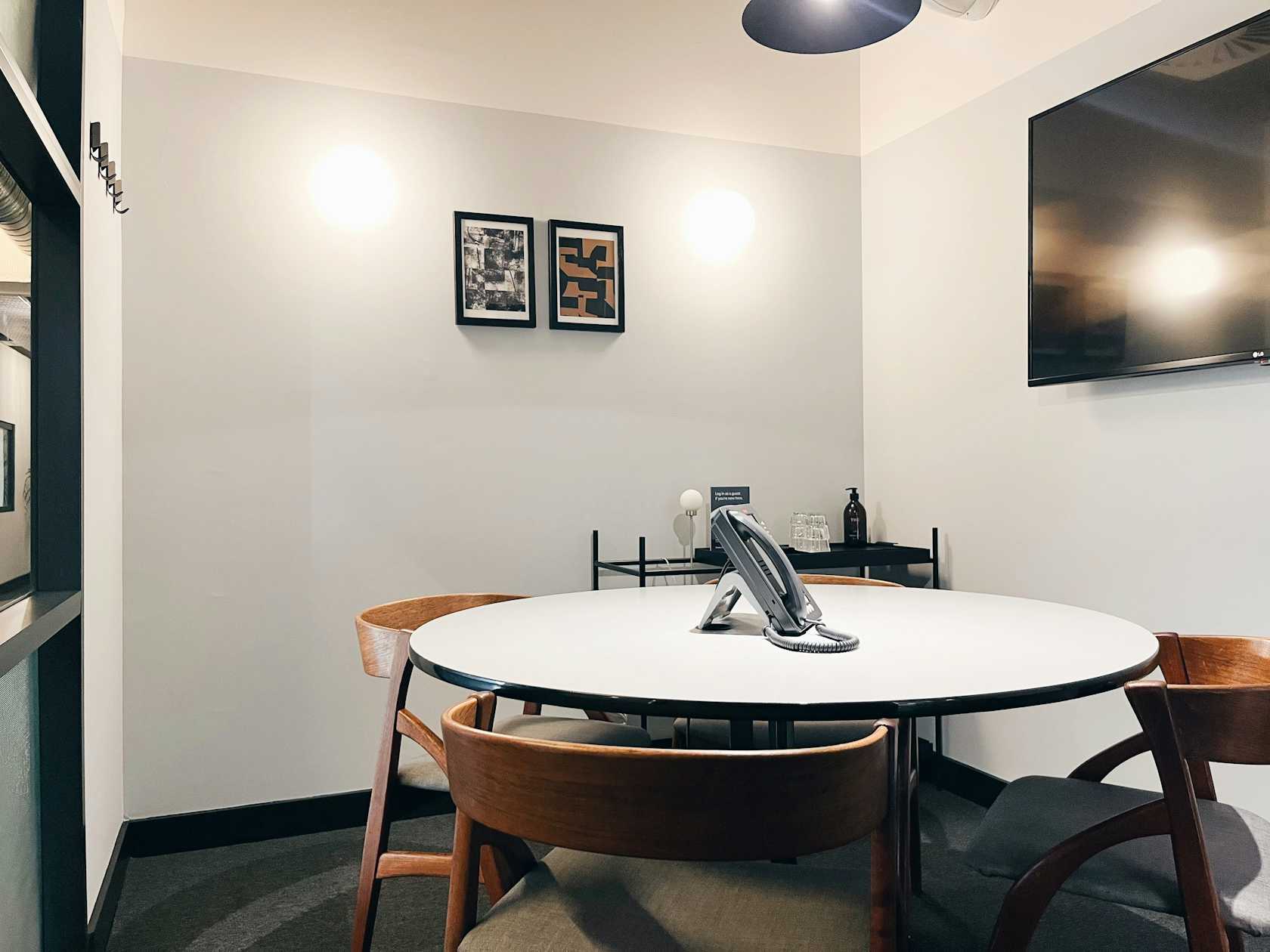





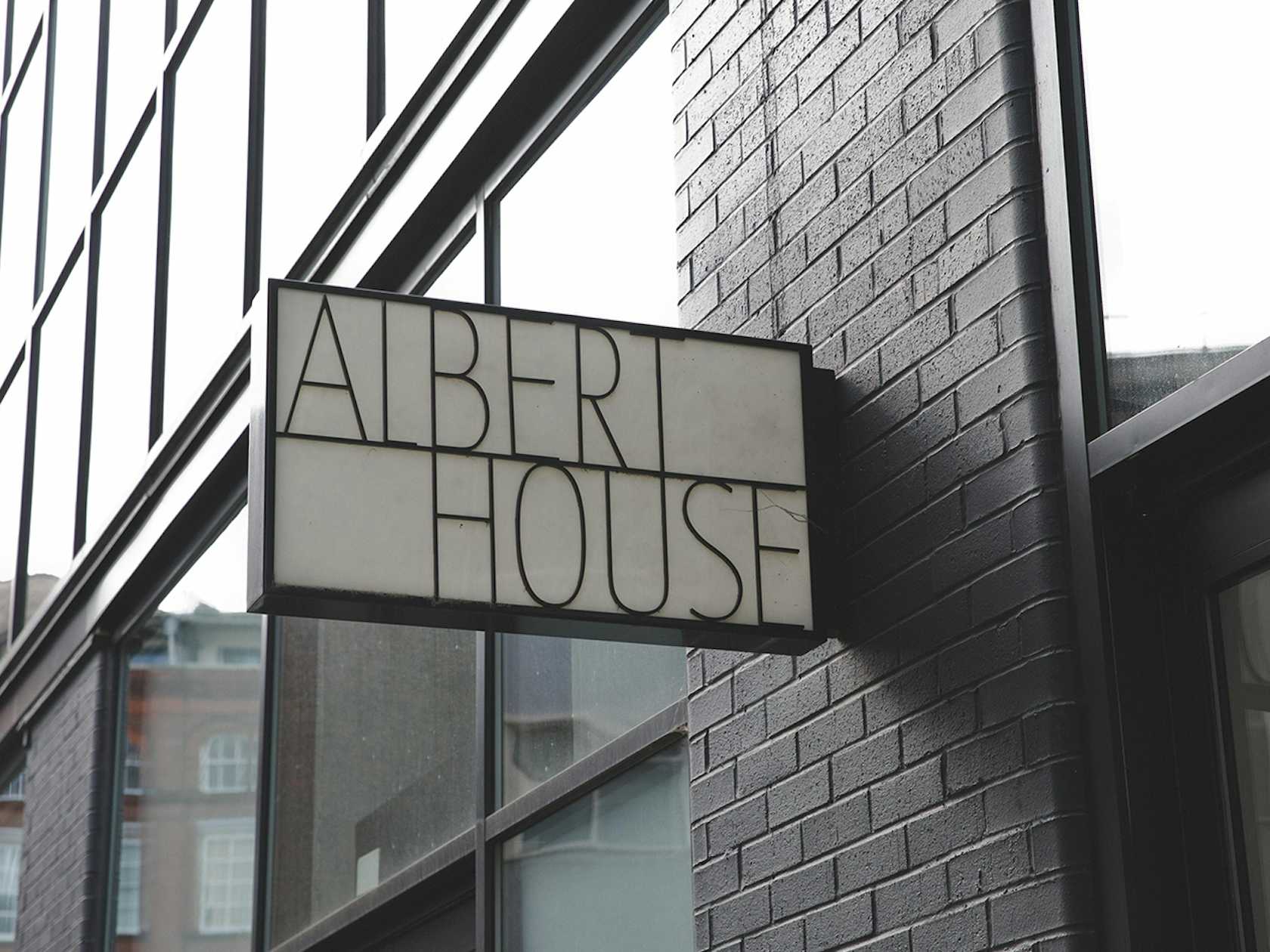





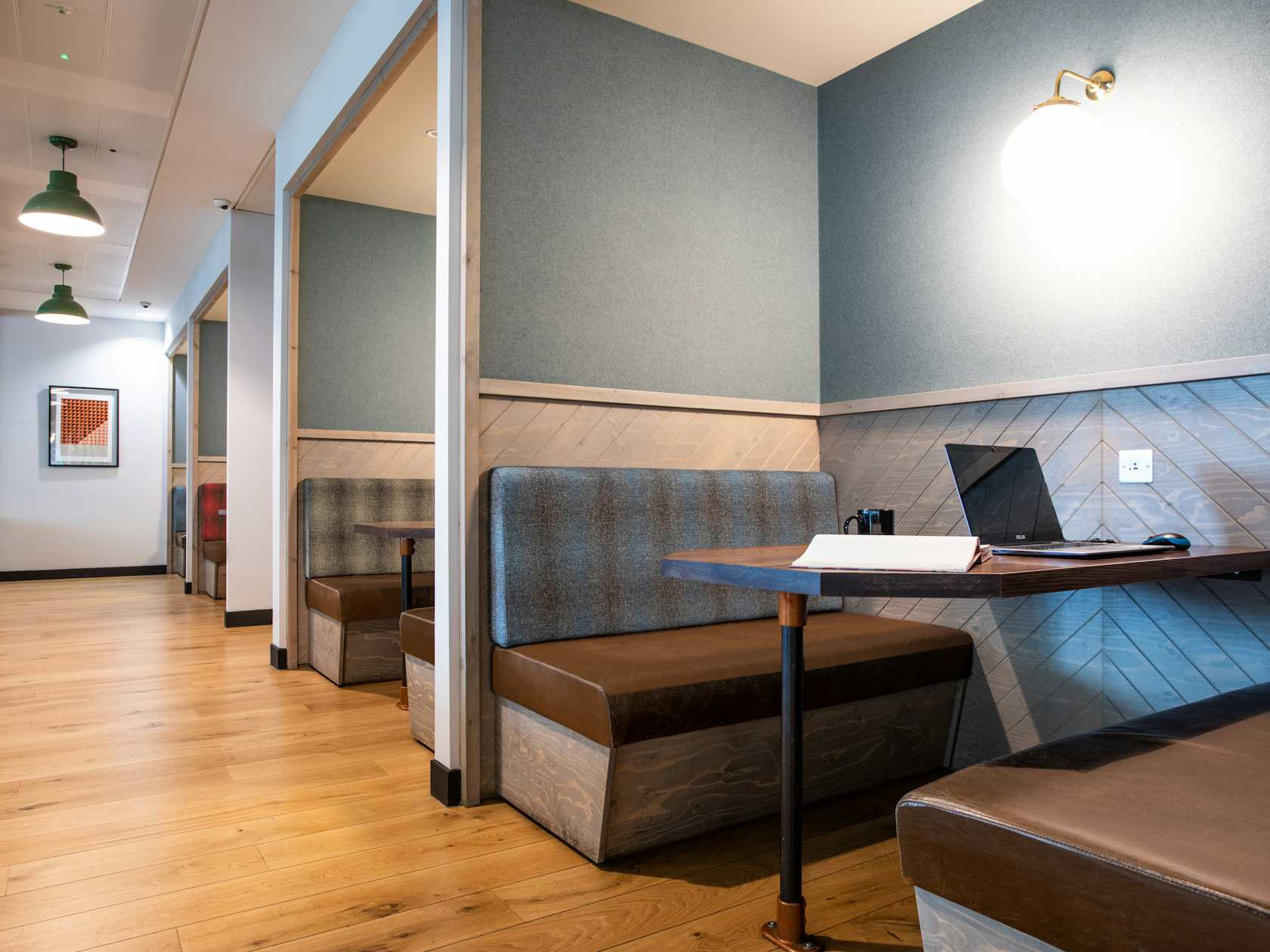




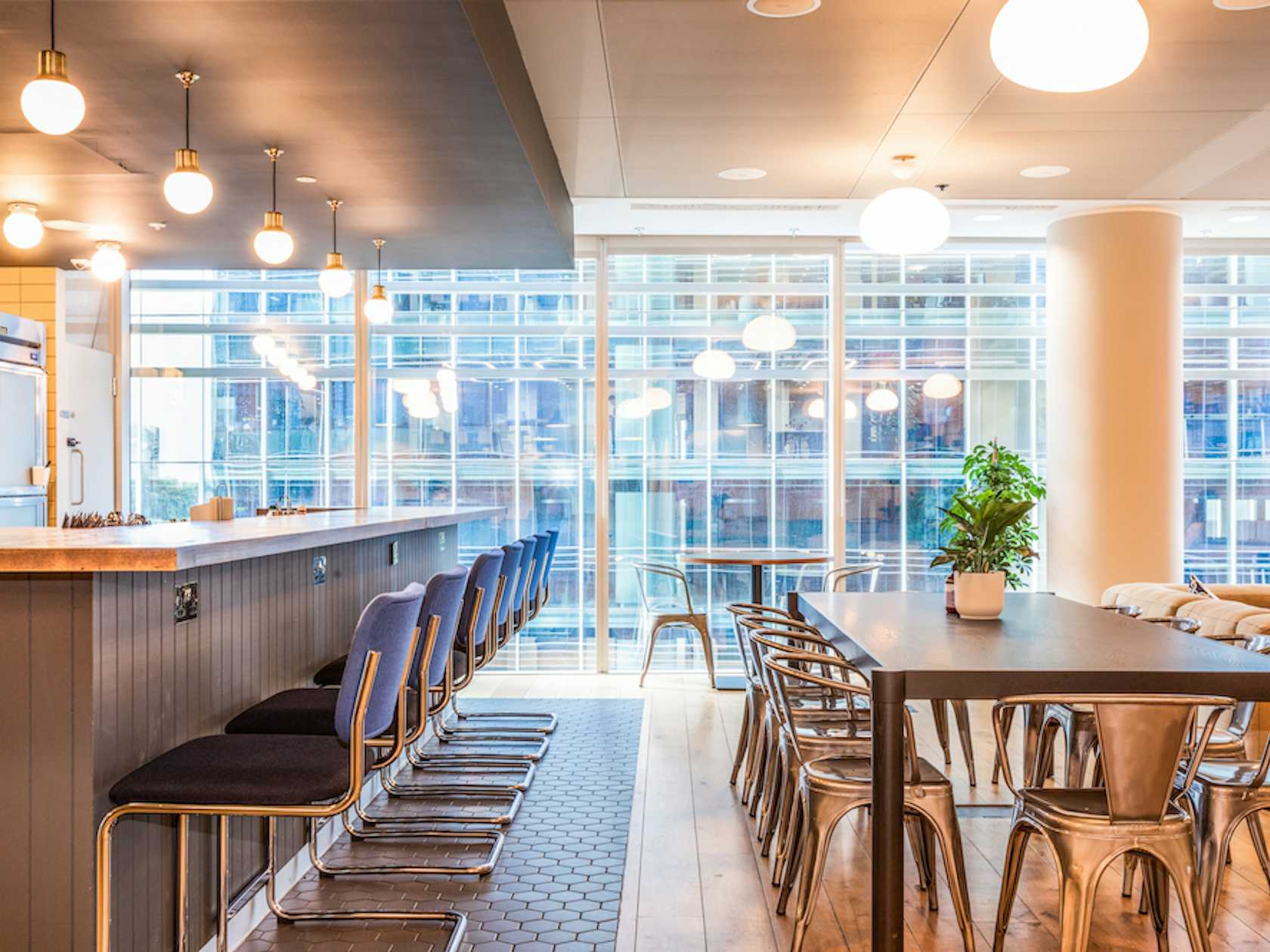
















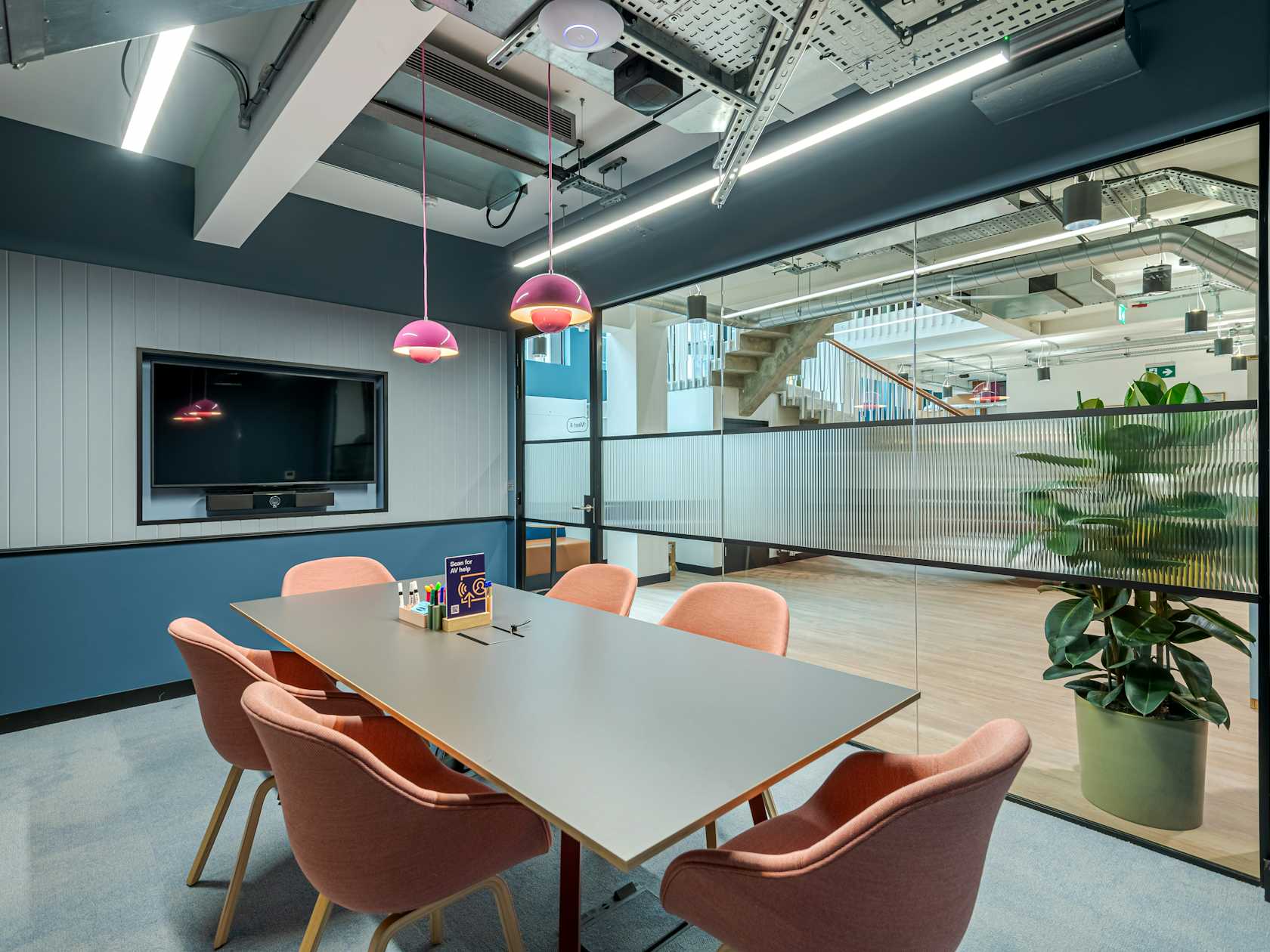




























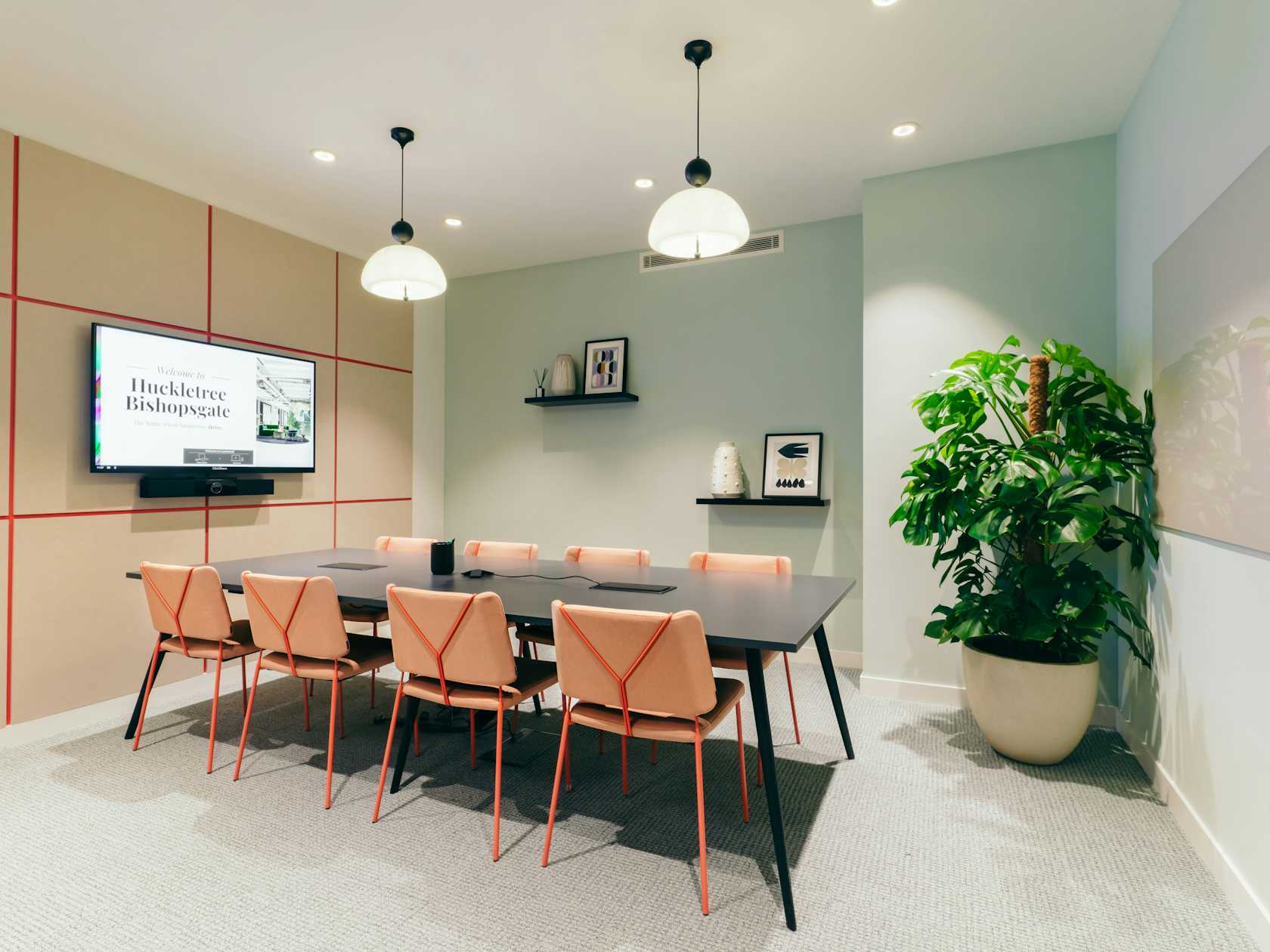





























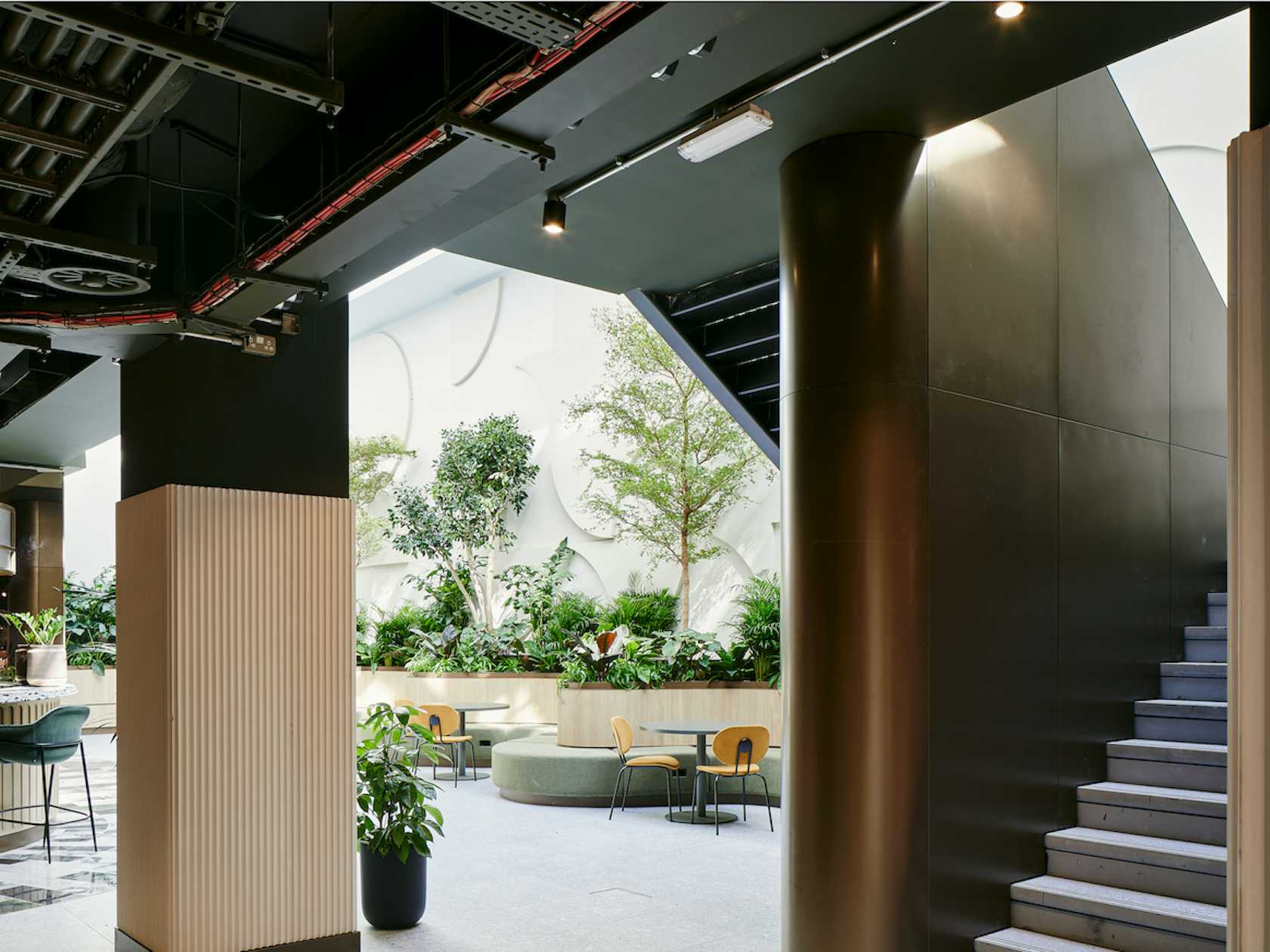


















.jpg?auto=format%2Ccompress&ar=4%3A3&fit=crop&q=30&w=1680)









.jpg?auto=format%2Ccompress&ar=4%3A3&fit=crop&q=30&w=1680)
























.png?auto=format%2Ccompress&ar=4%3A3&fit=crop&q=30&w=1680)
.png?auto=format%2Ccompress&ar=4%3A3&fit=crop&q=30&w=1680)
.png?auto=format%2Ccompress&ar=4%3A3&fit=crop&q=30&w=1680)
.png?auto=format%2Ccompress&ar=4%3A3&fit=crop&q=30&w=1680)
.png?auto=format%2Ccompress&ar=4%3A3&fit=crop&q=30&w=1680)
.png?auto=format%2Ccompress&ar=4%3A3&fit=crop&q=30&w=1680)
.png?auto=format%2Ccompress&ar=4%3A3&fit=crop&q=30&w=1680)
.png?auto=format%2Ccompress&ar=4%3A3&fit=crop&q=30&w=1680)
.png?auto=format%2Ccompress&ar=4%3A3&fit=crop&q=30&w=1680)
.png?auto=format%2Ccompress&ar=4%3A3&fit=crop&q=30&w=1680)
.png?auto=format%2Ccompress&ar=4%3A3&fit=crop&q=30&w=1680)
.png?auto=format%2Ccompress&ar=4%3A3&fit=crop&q=30&w=1680)
.png?auto=format%2Ccompress&ar=4%3A3&fit=crop&q=30&w=1680)















